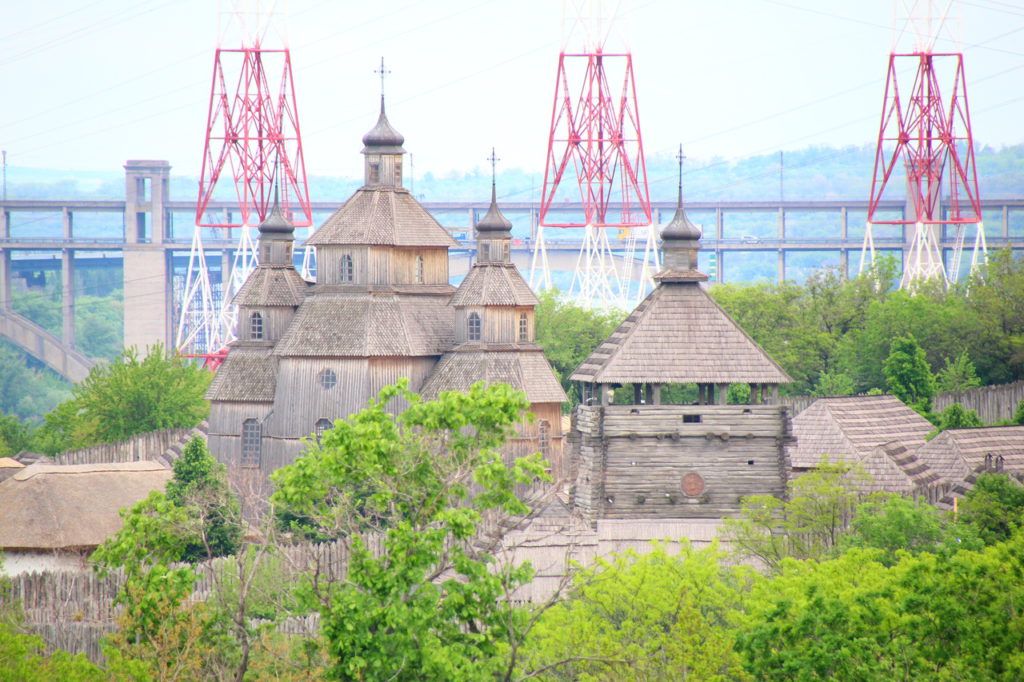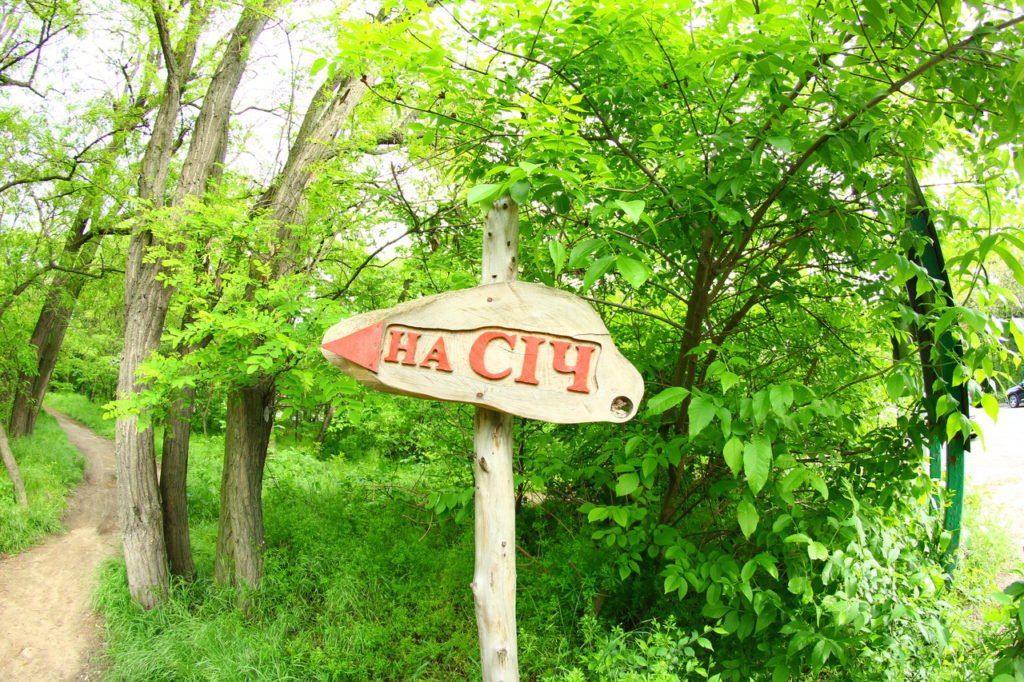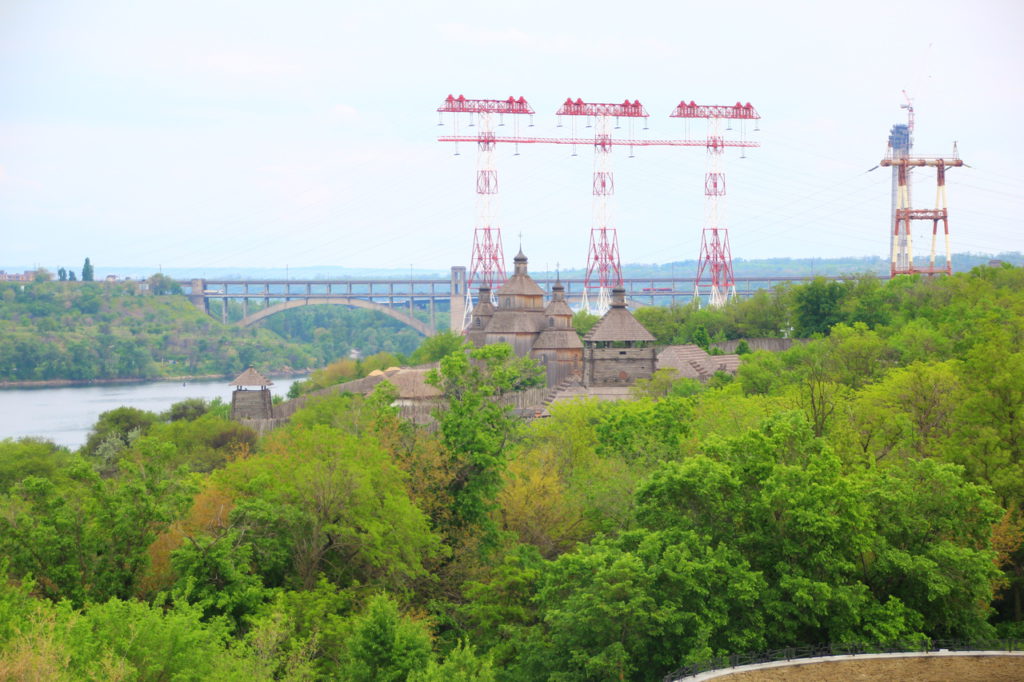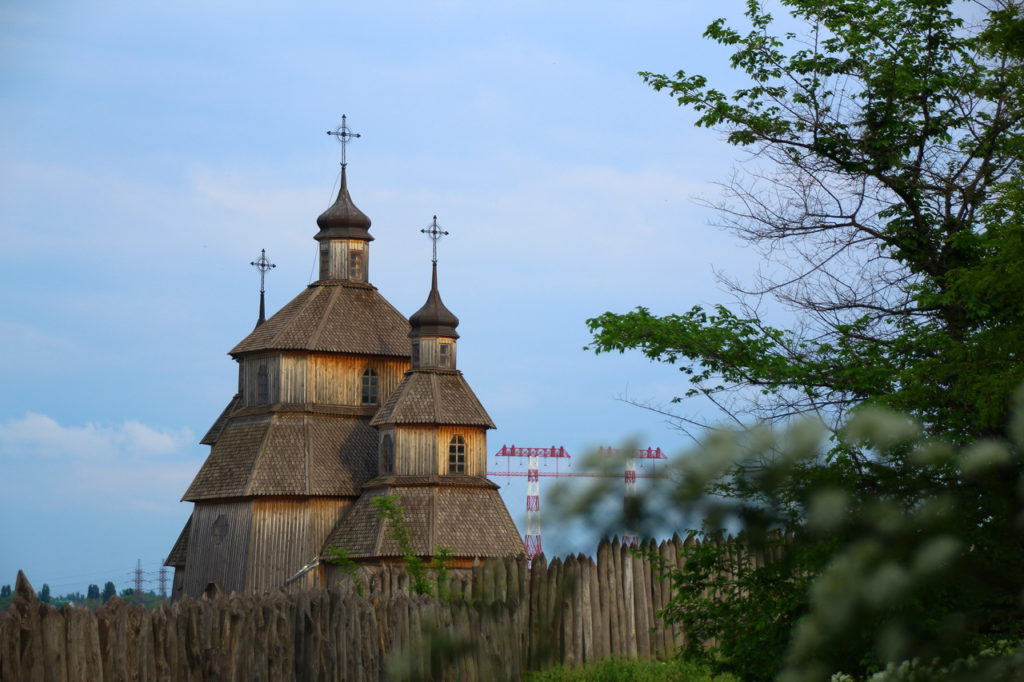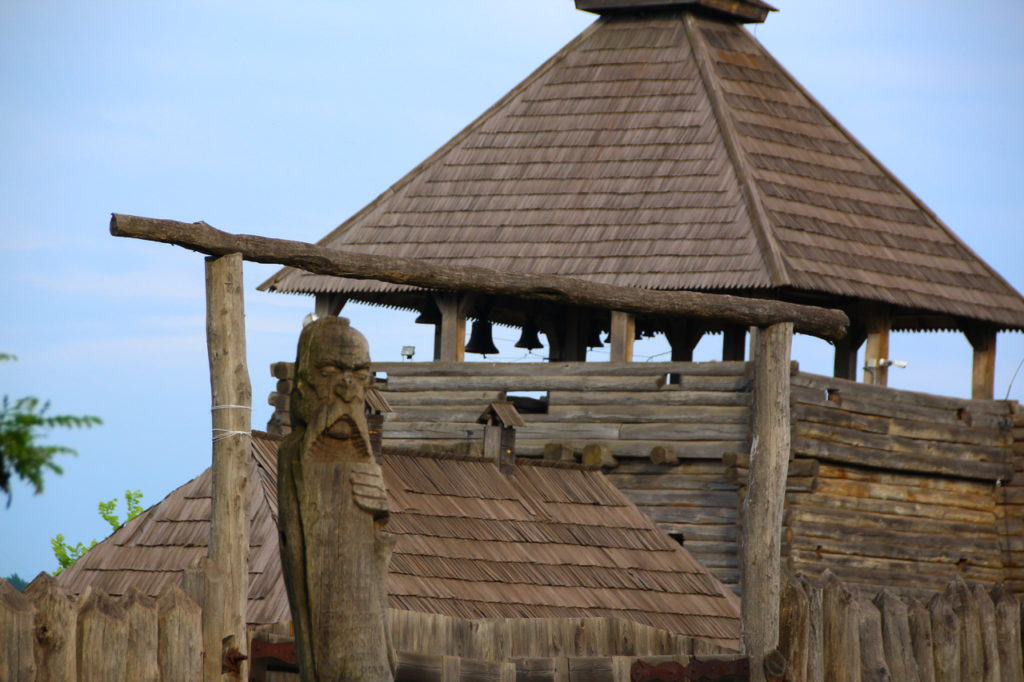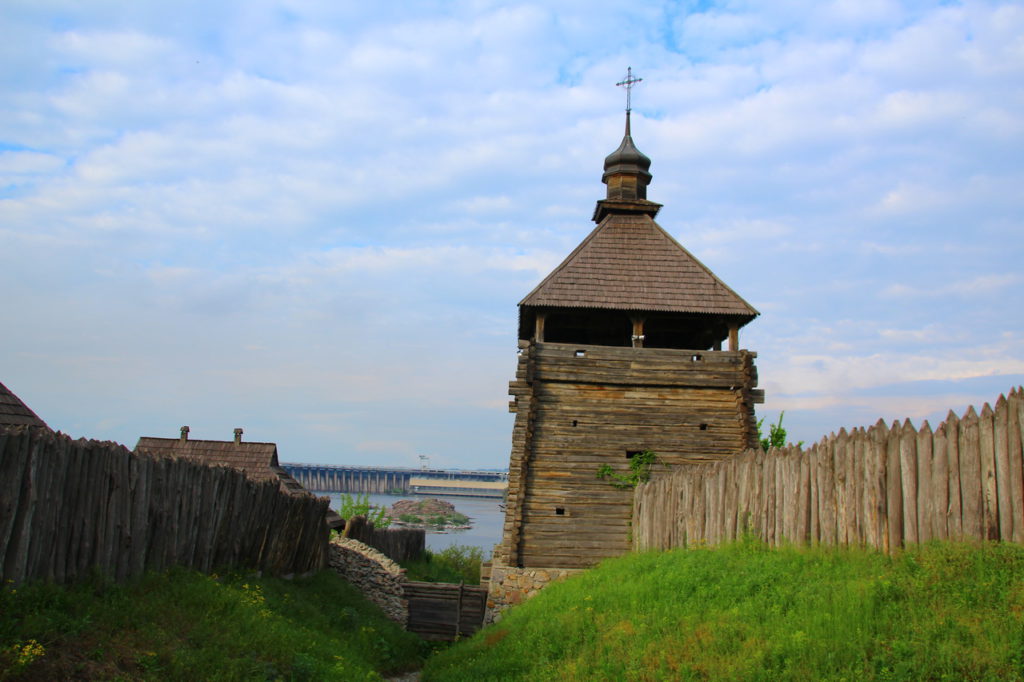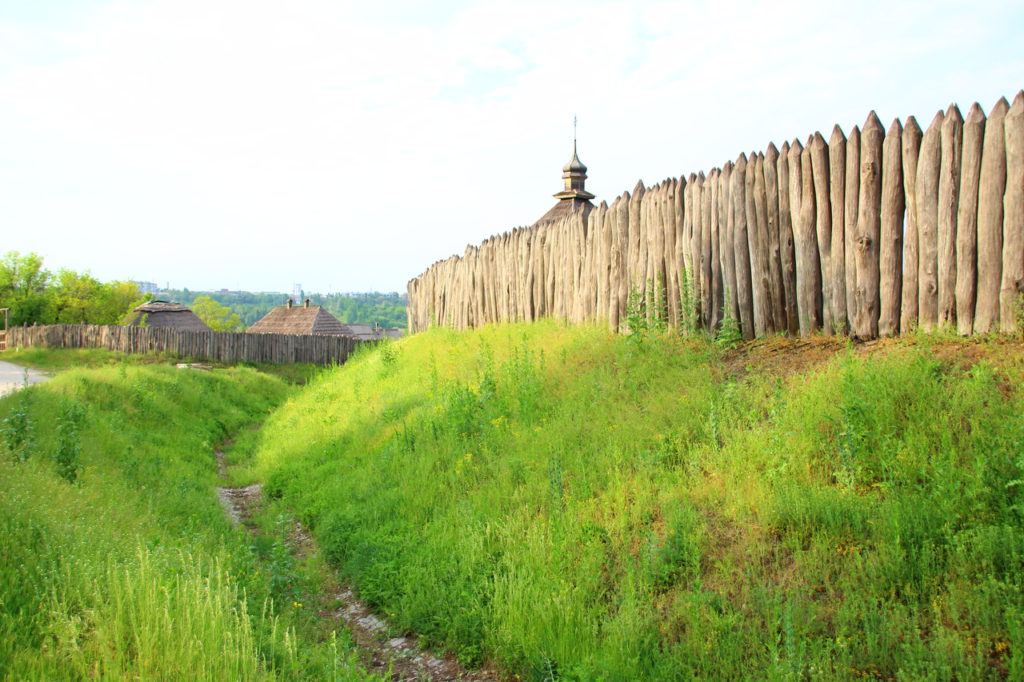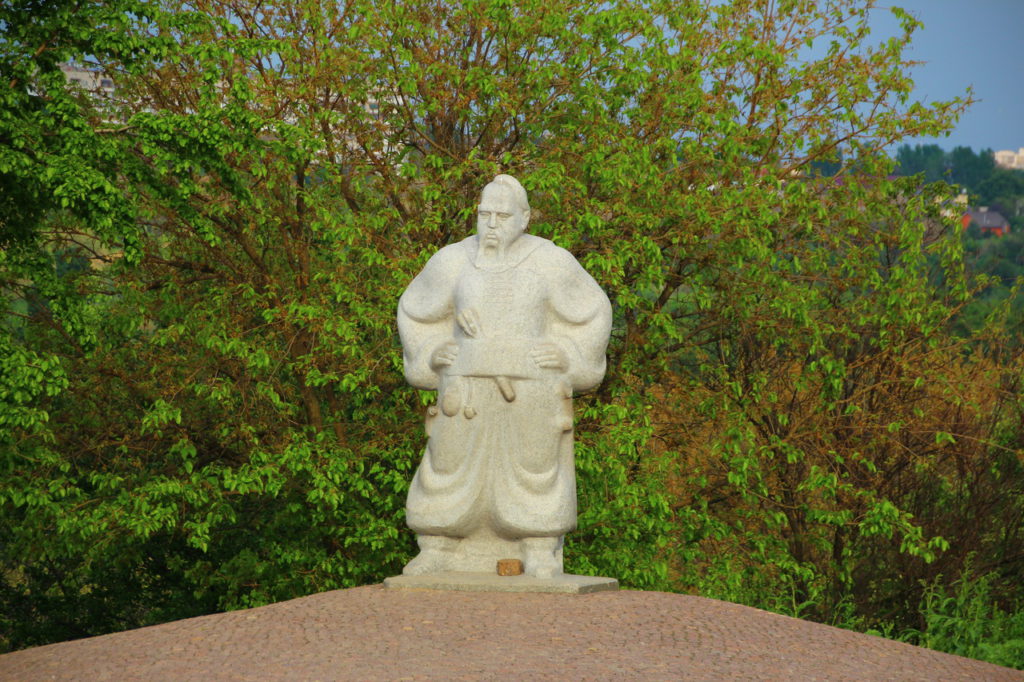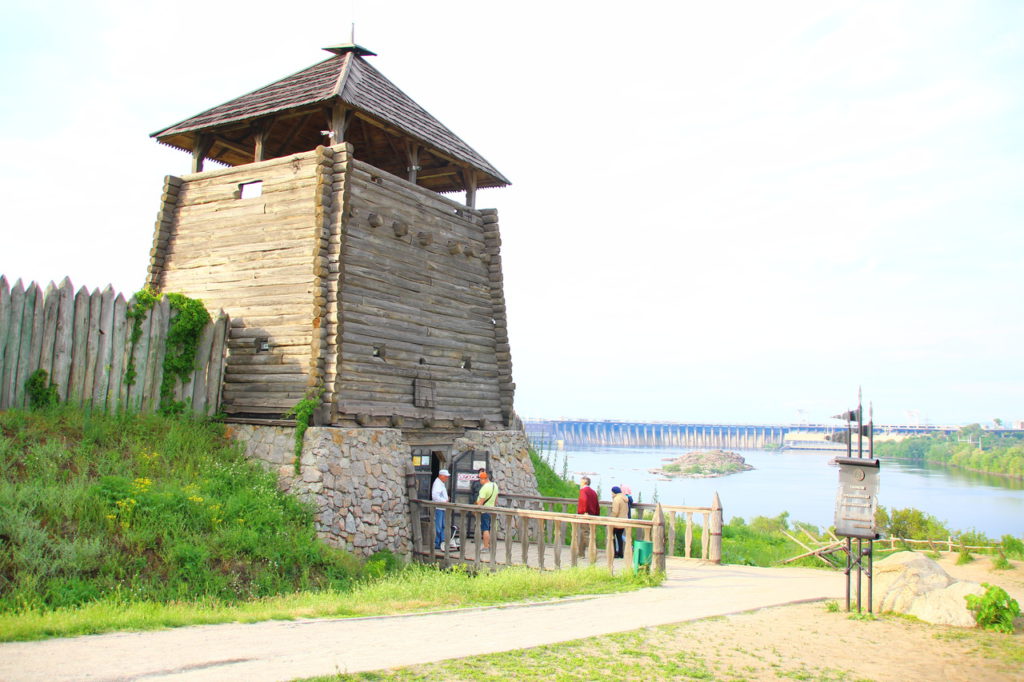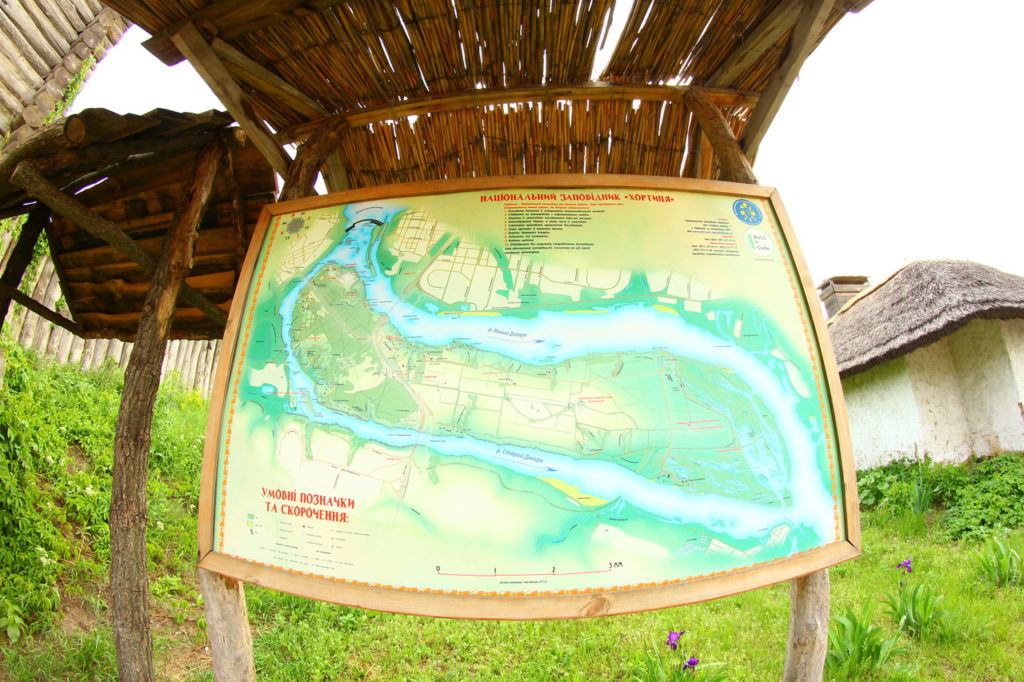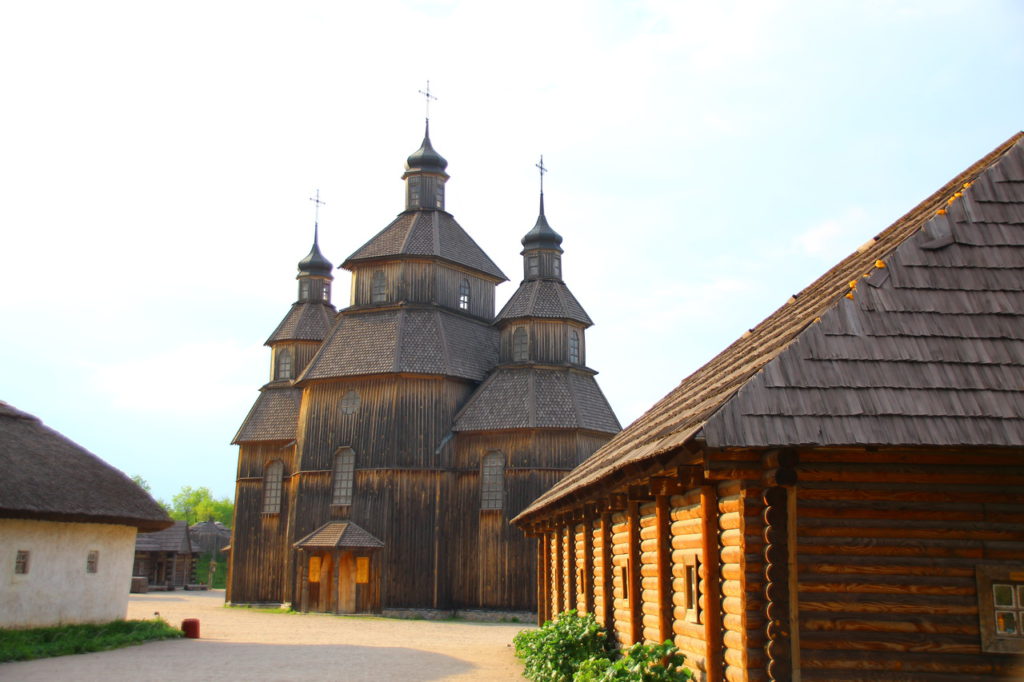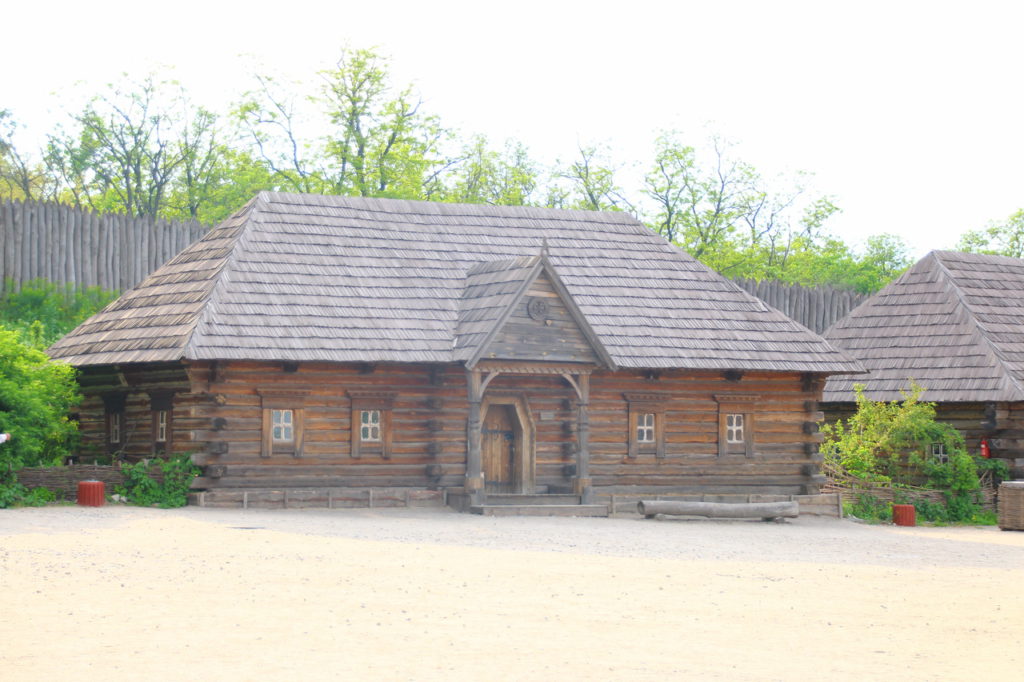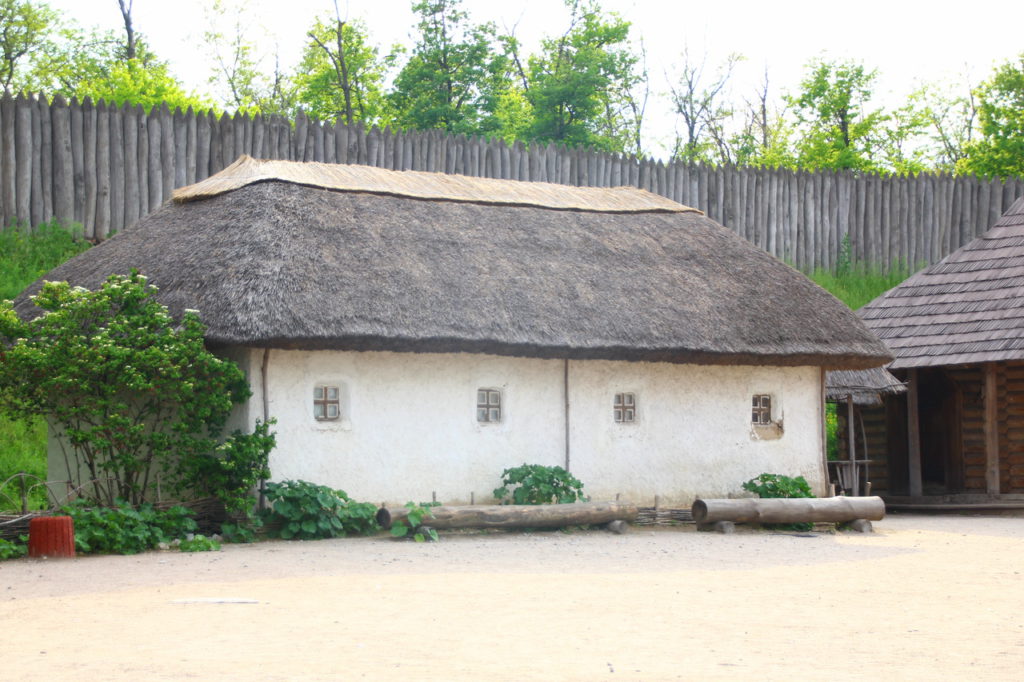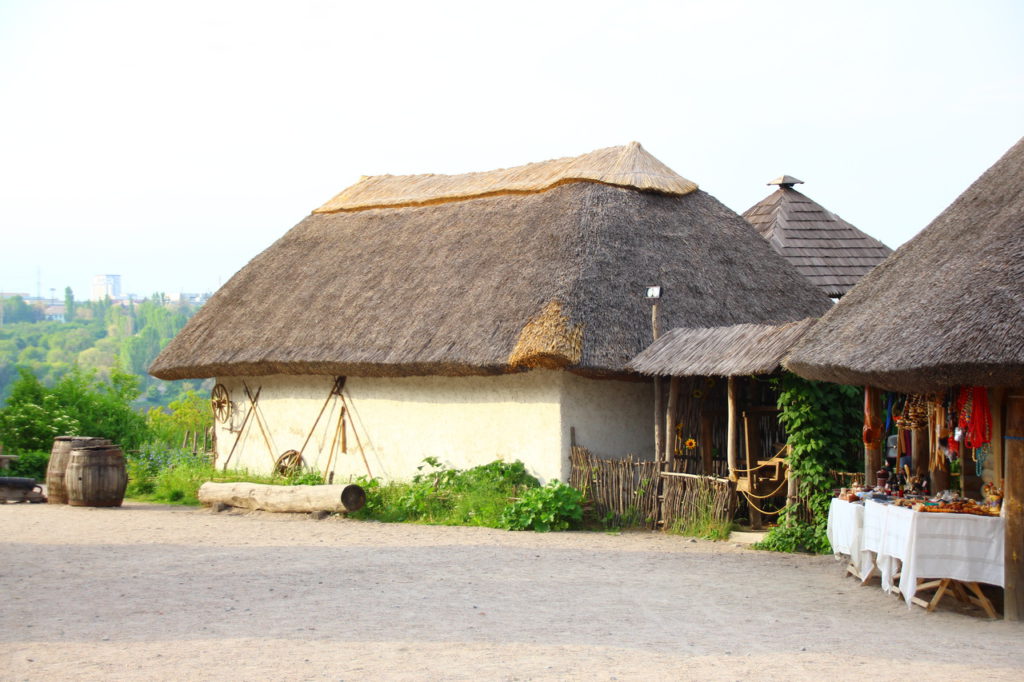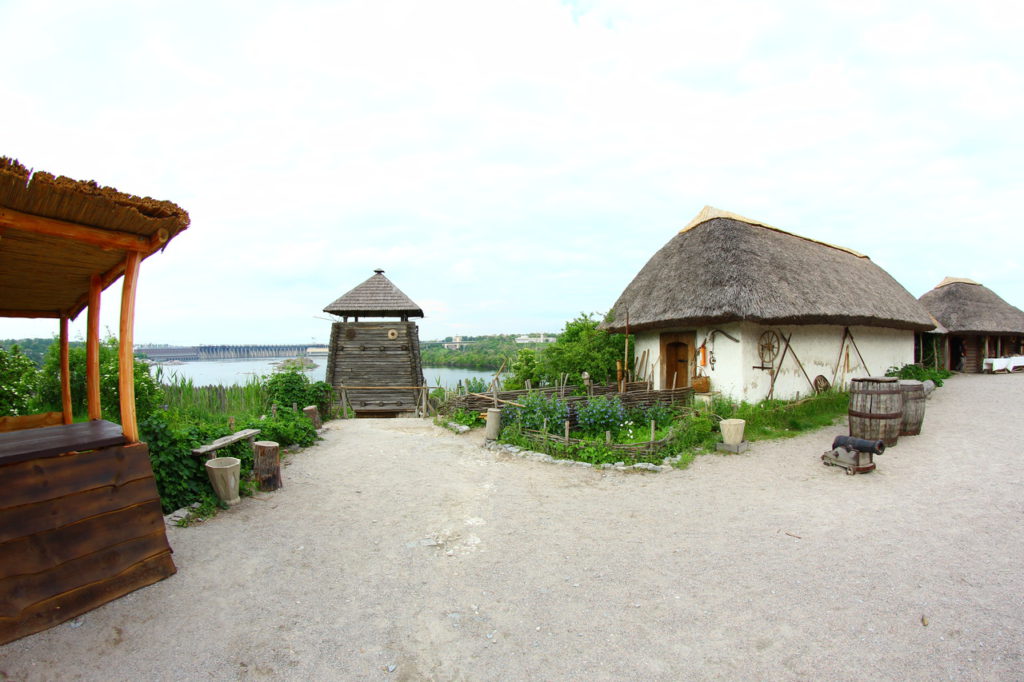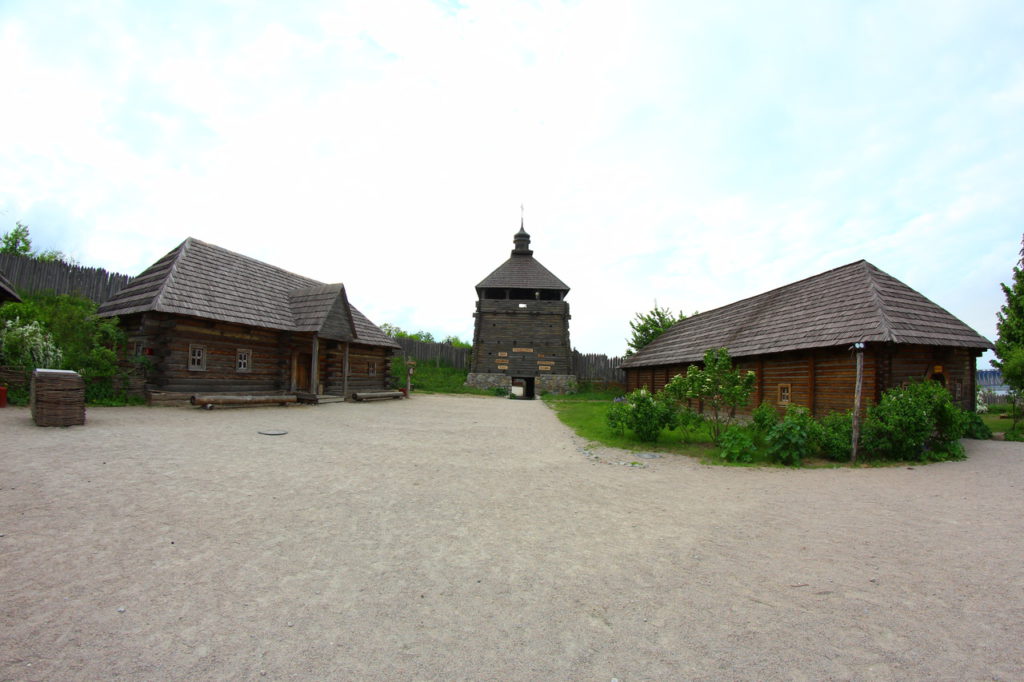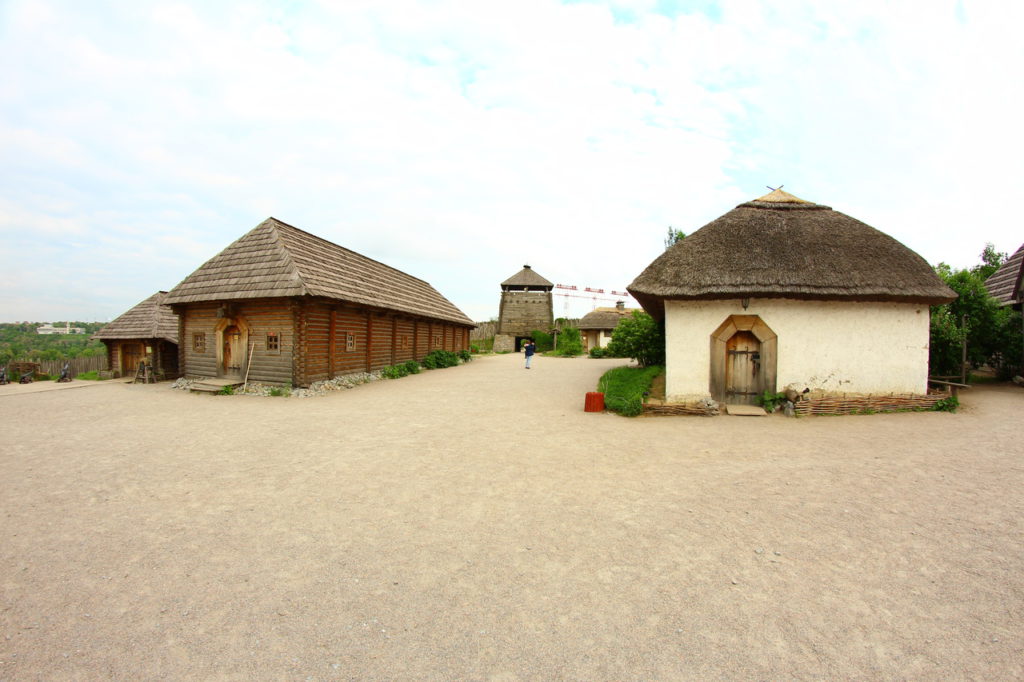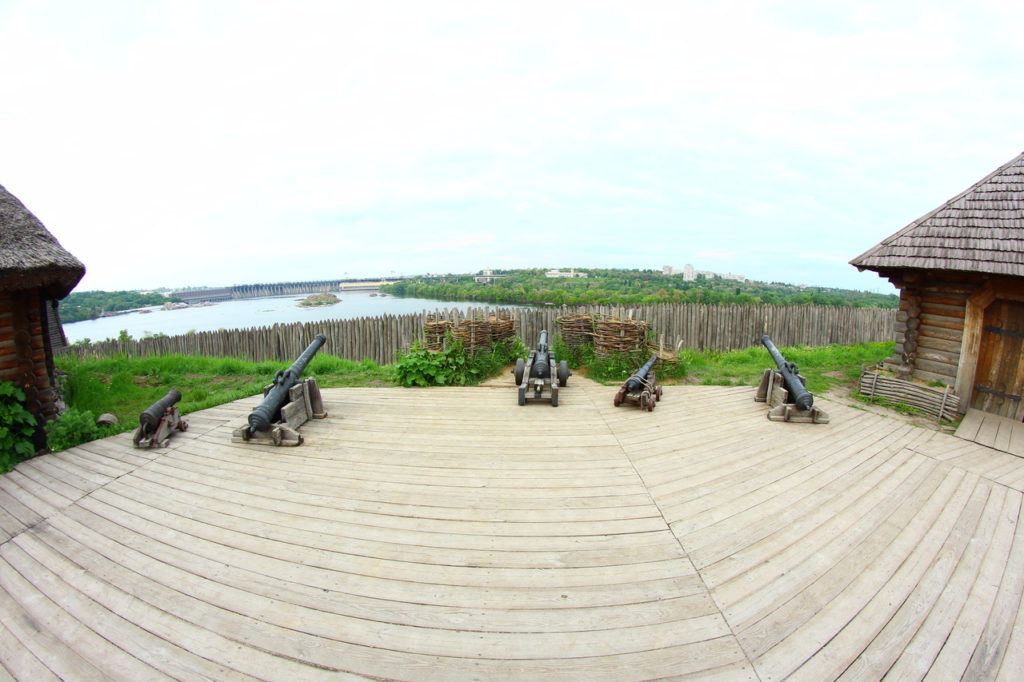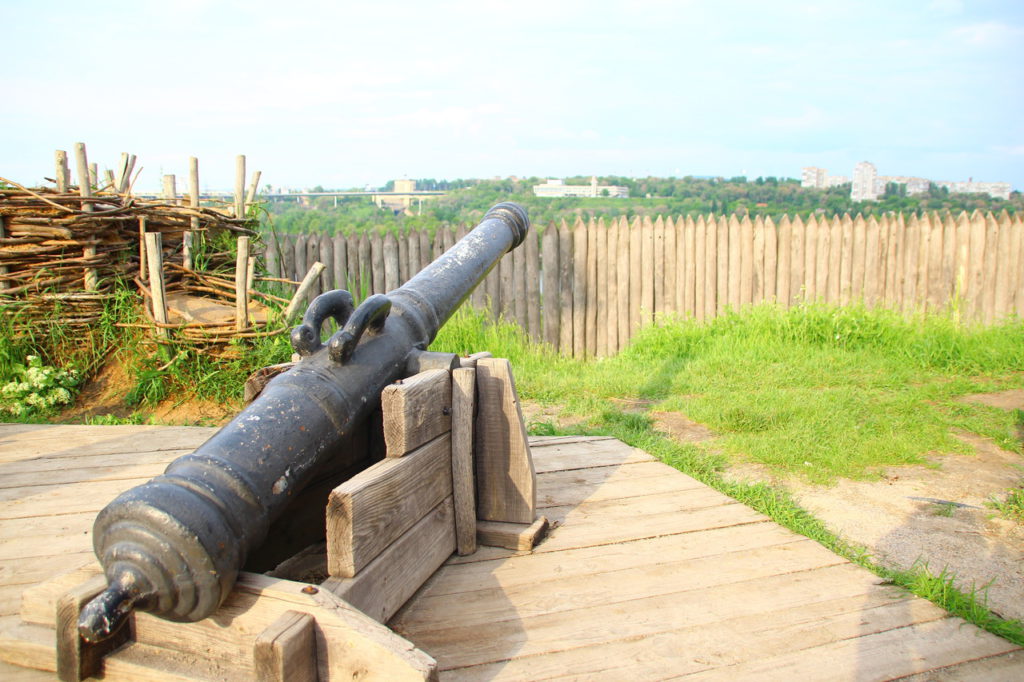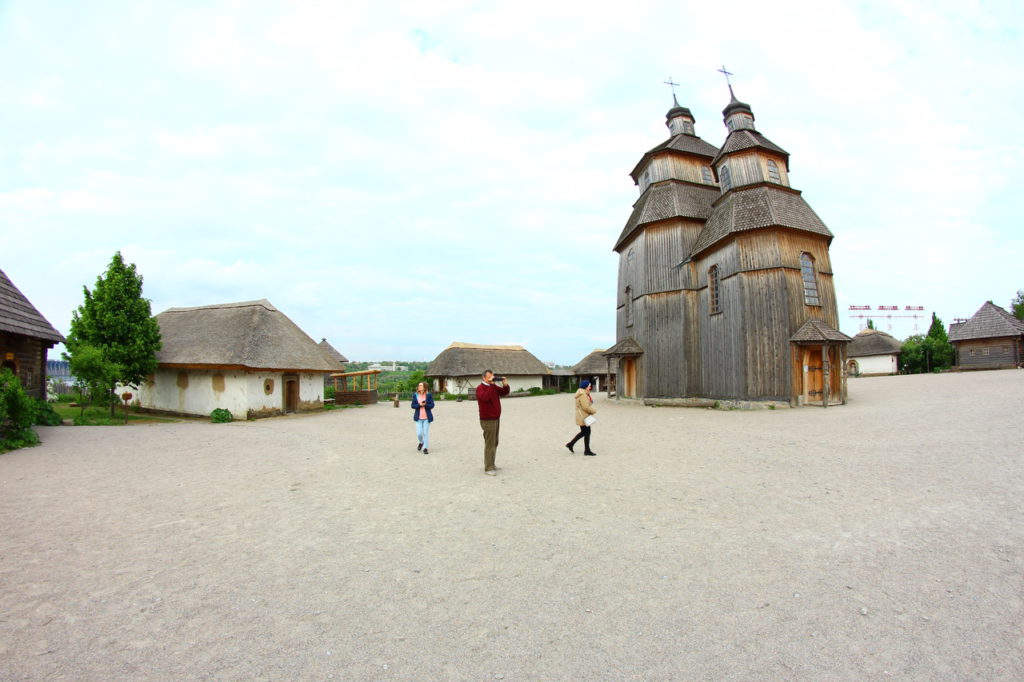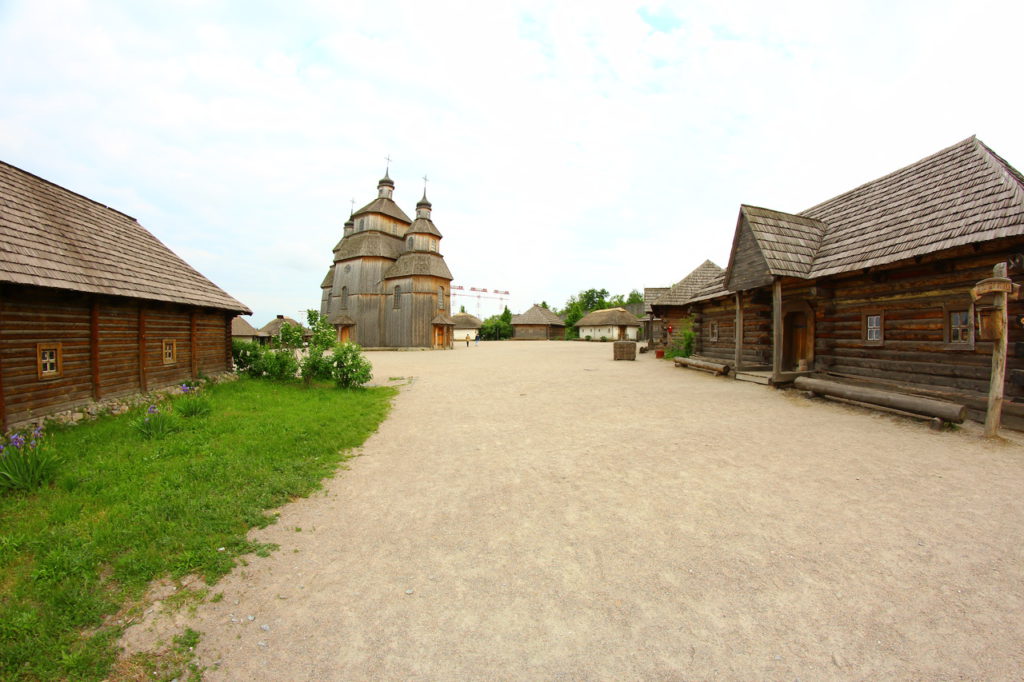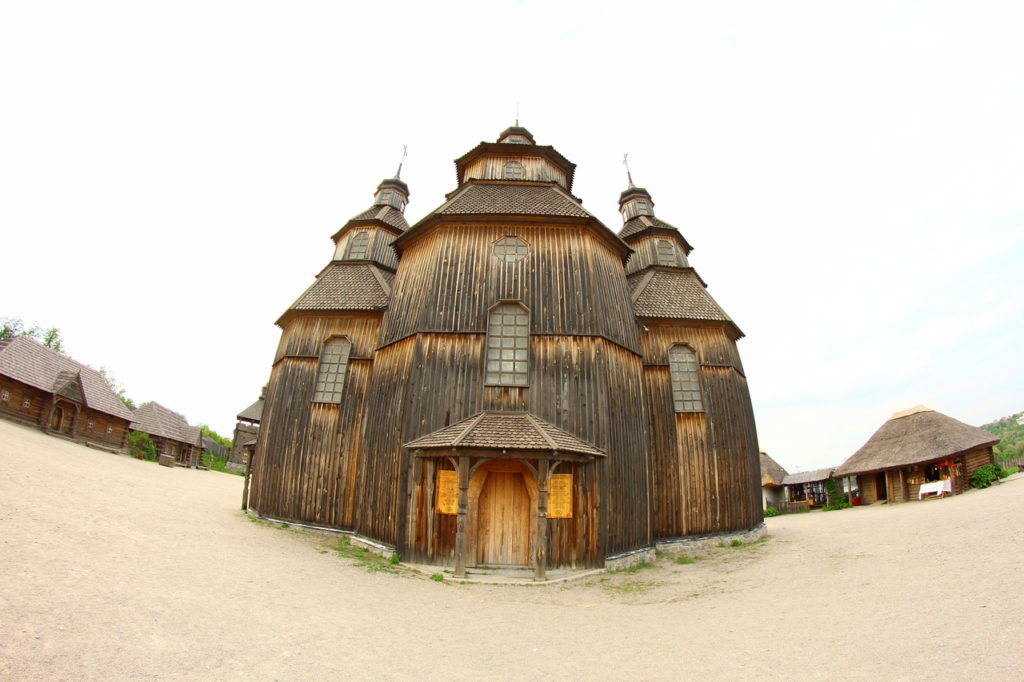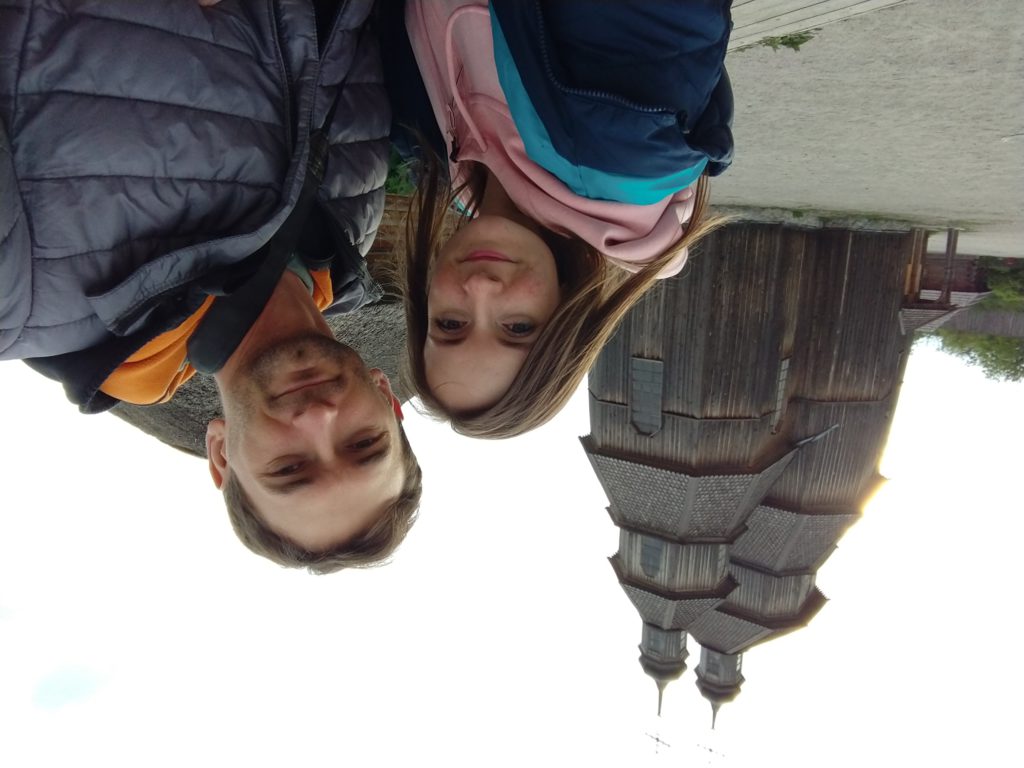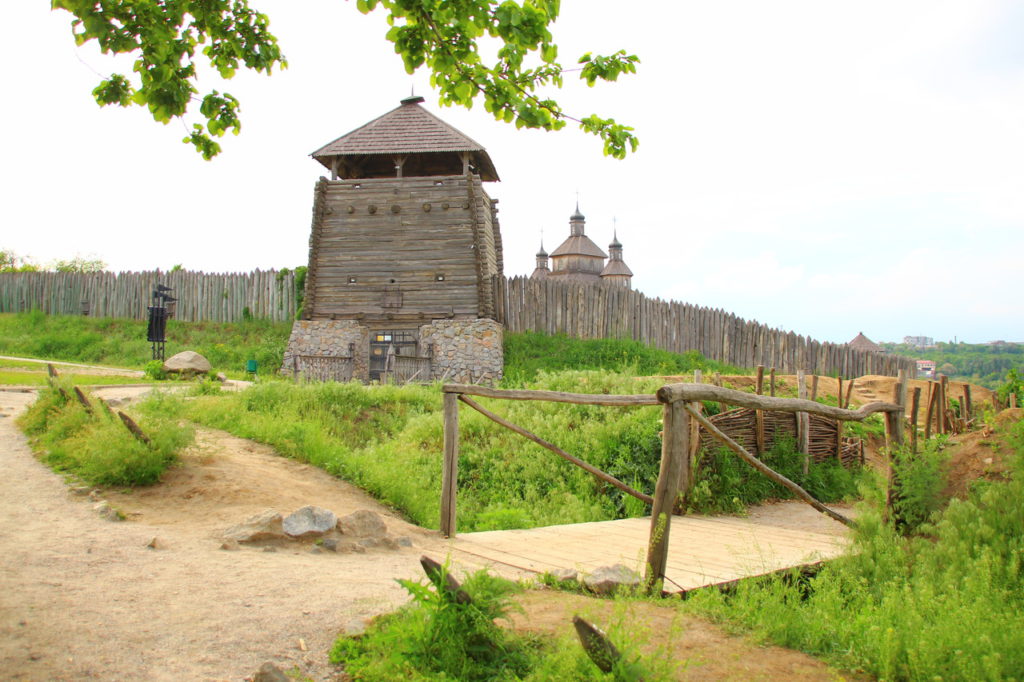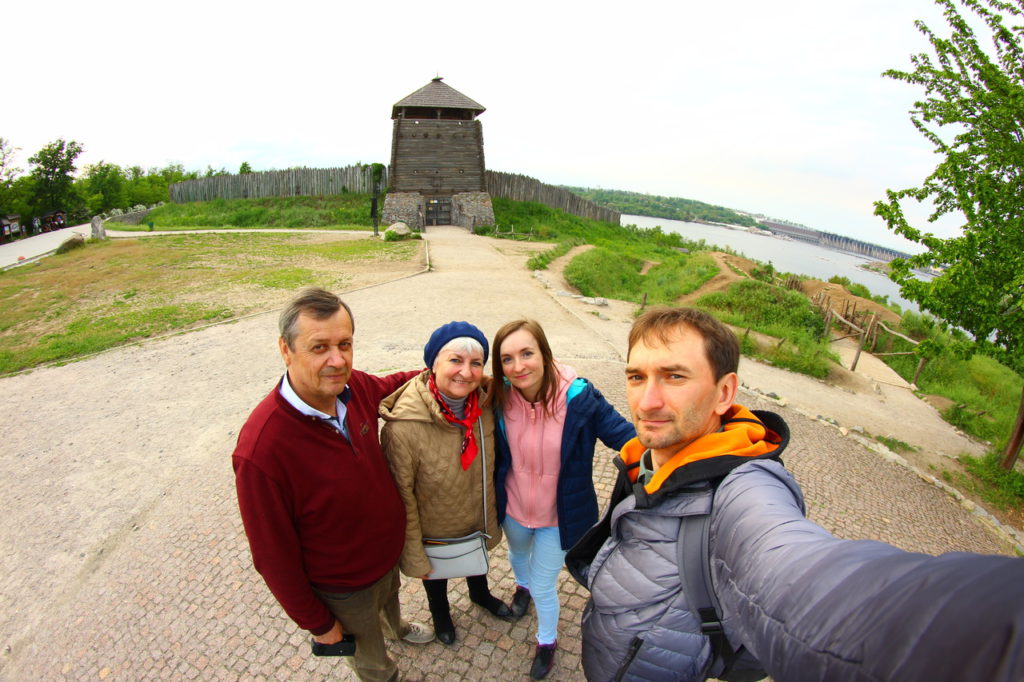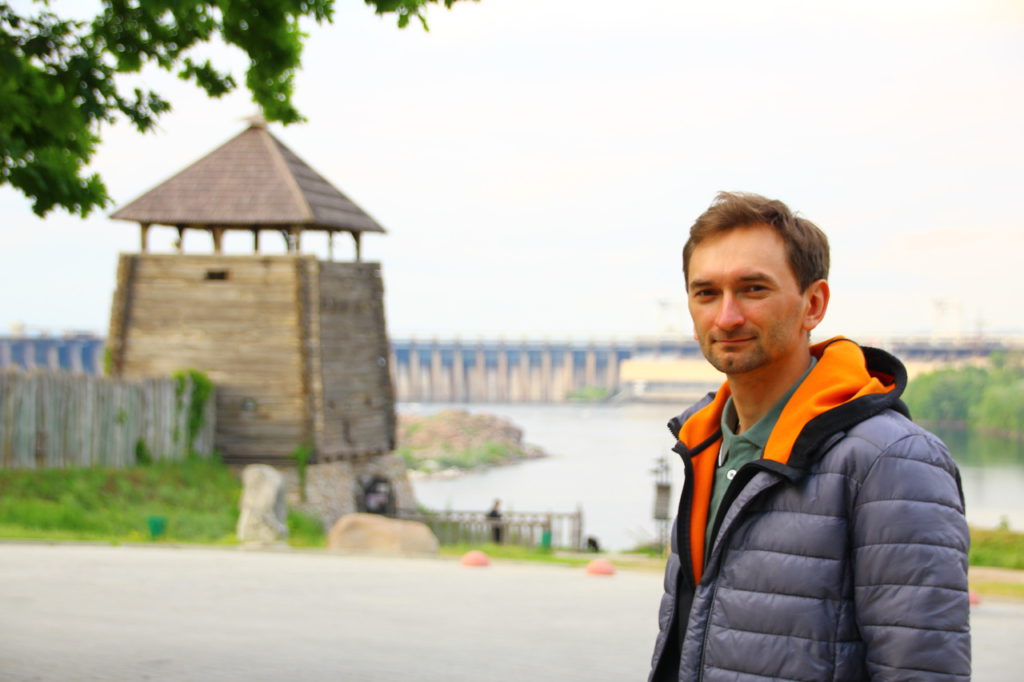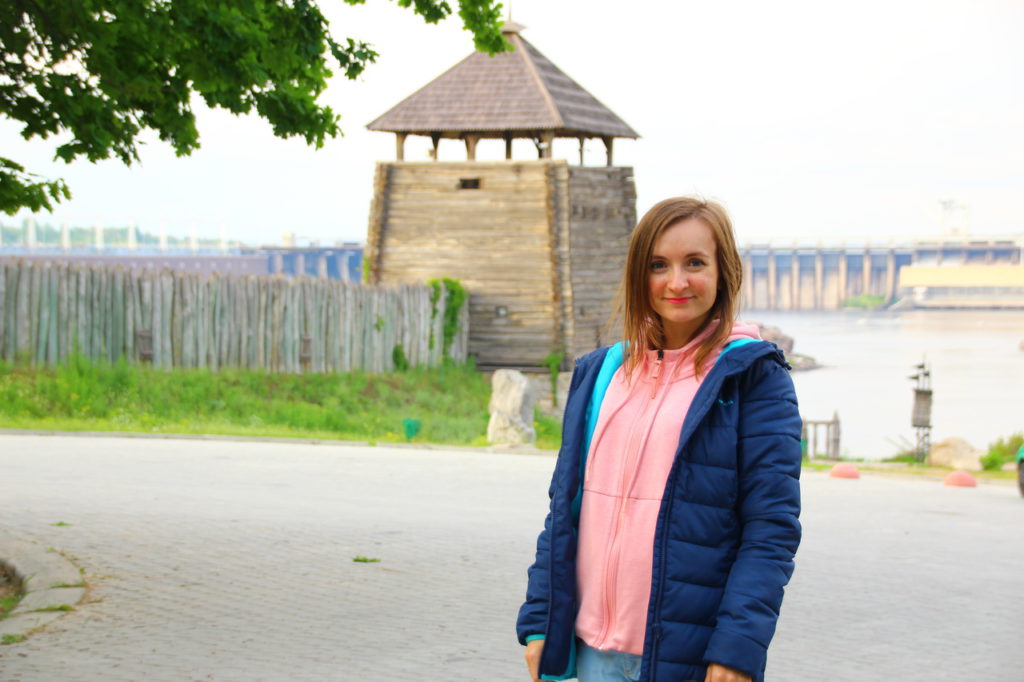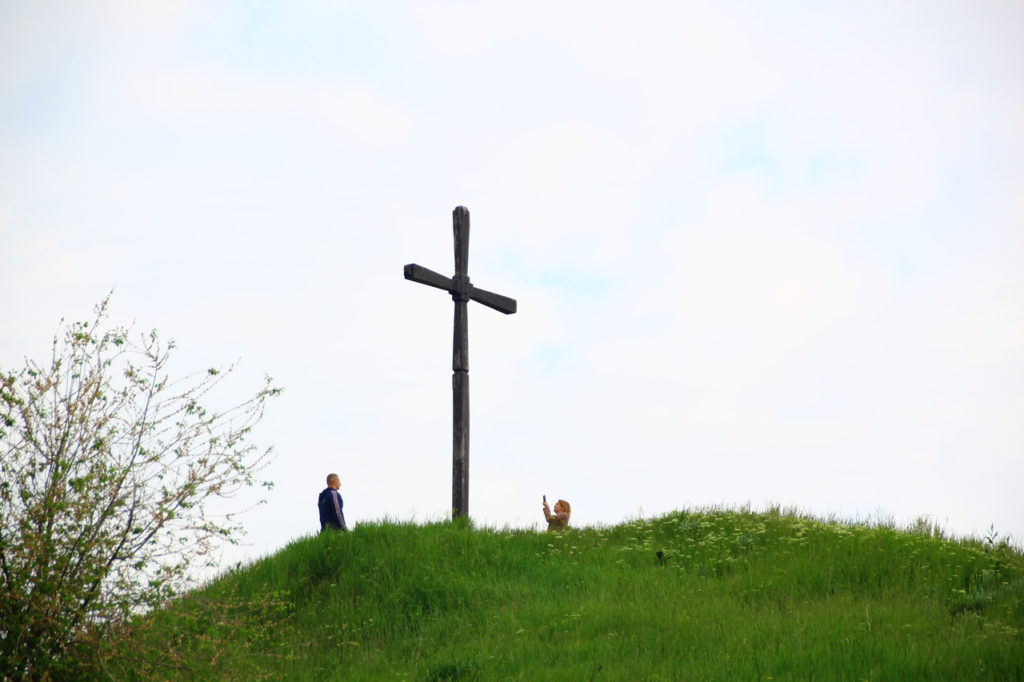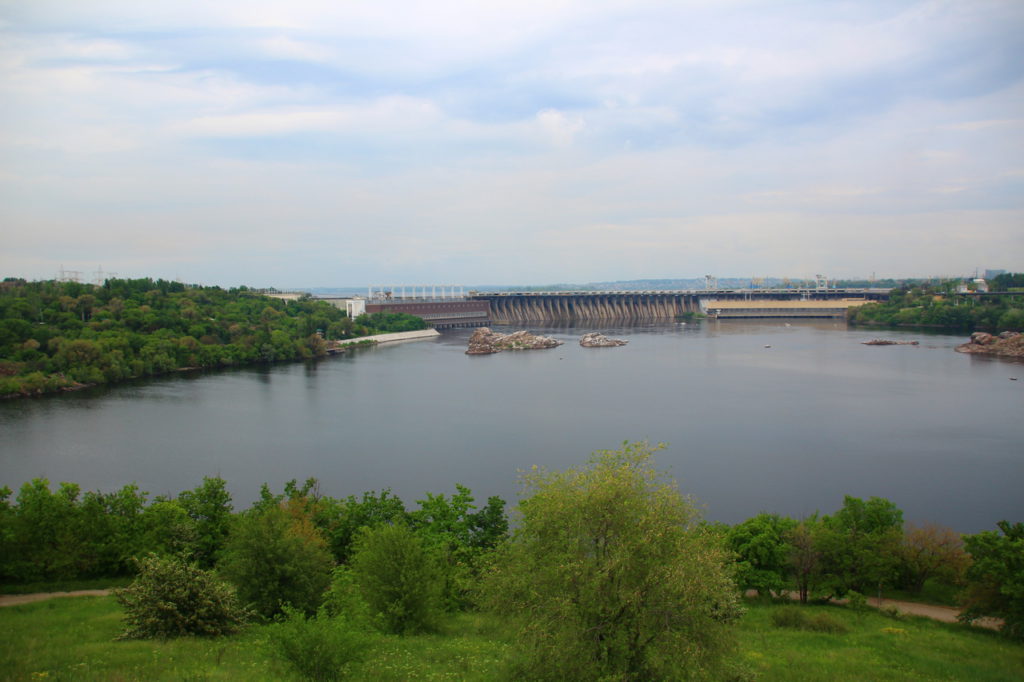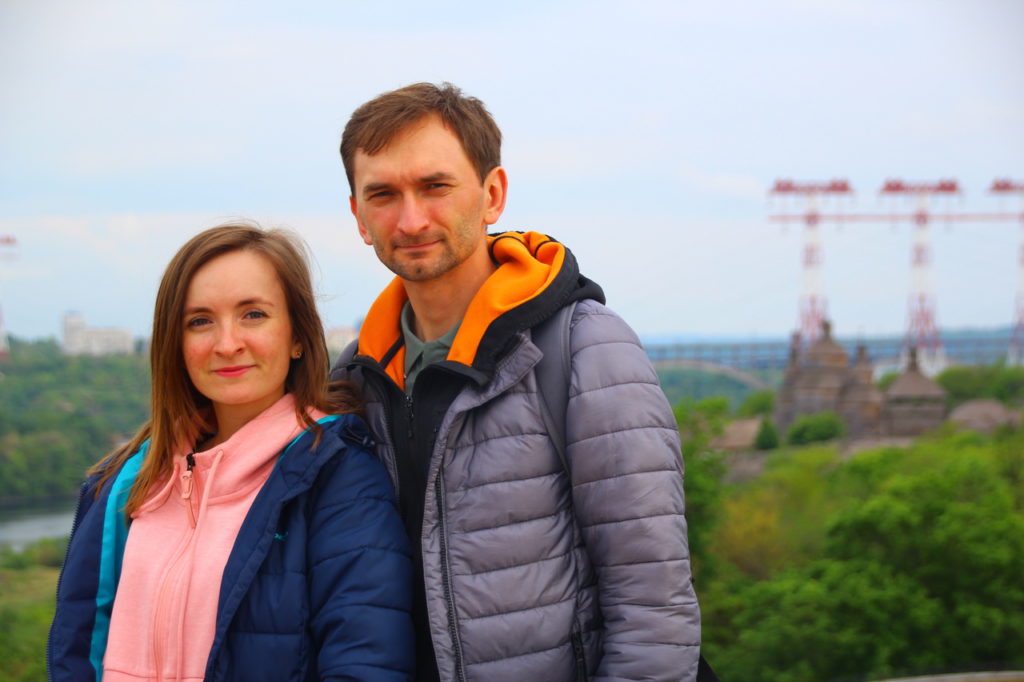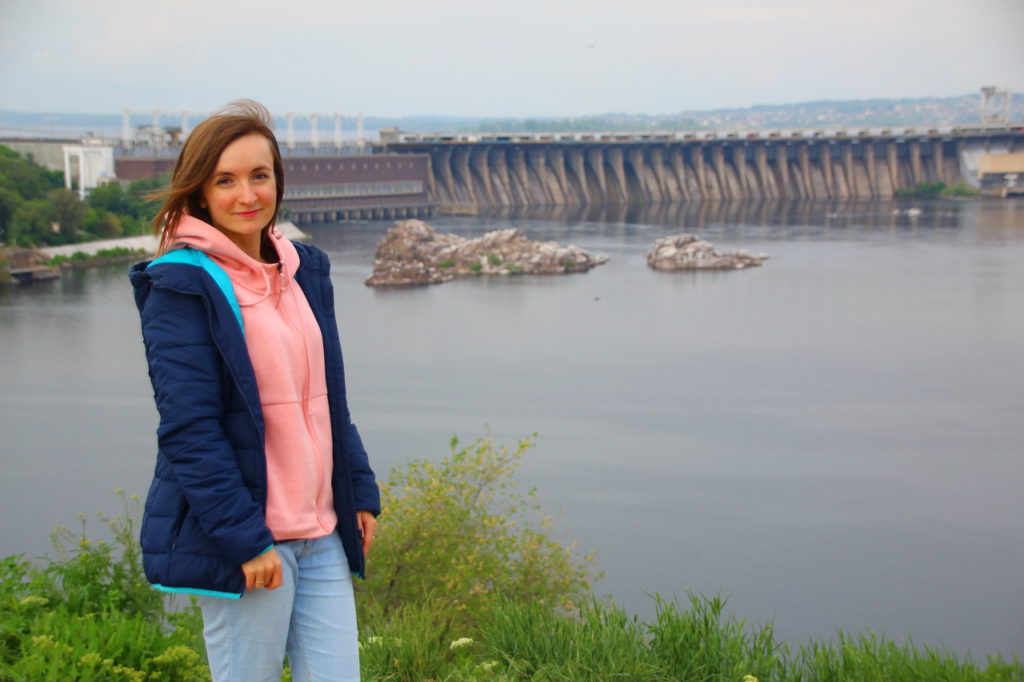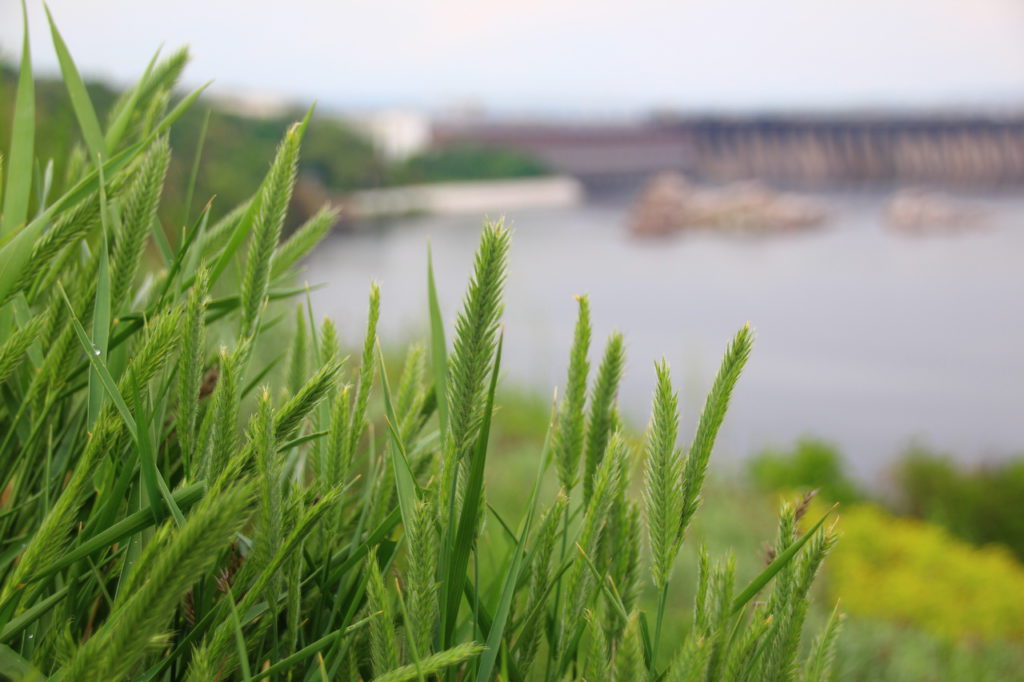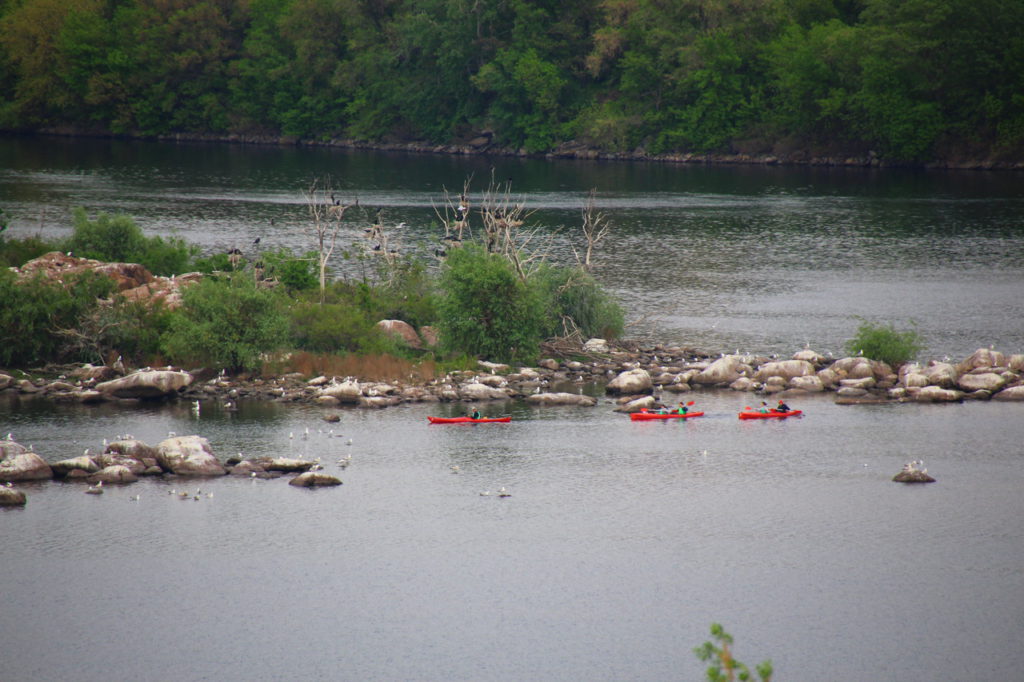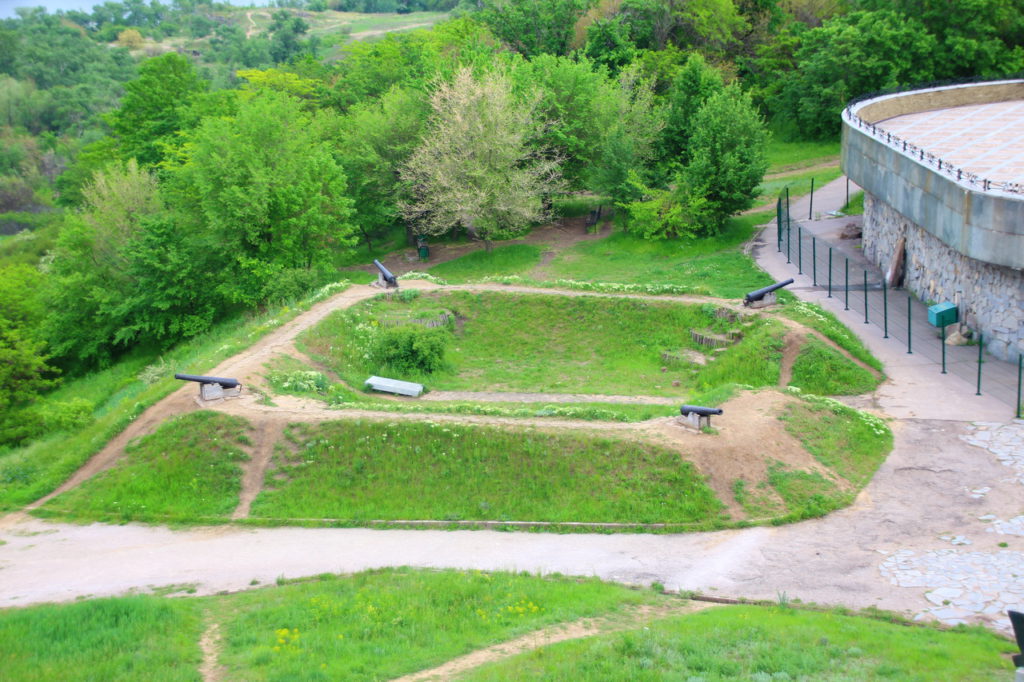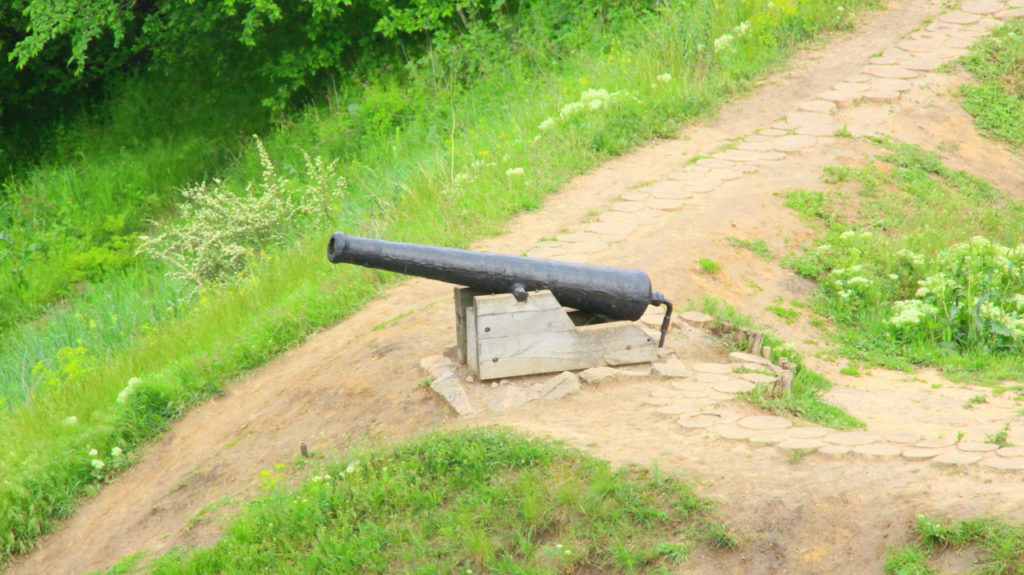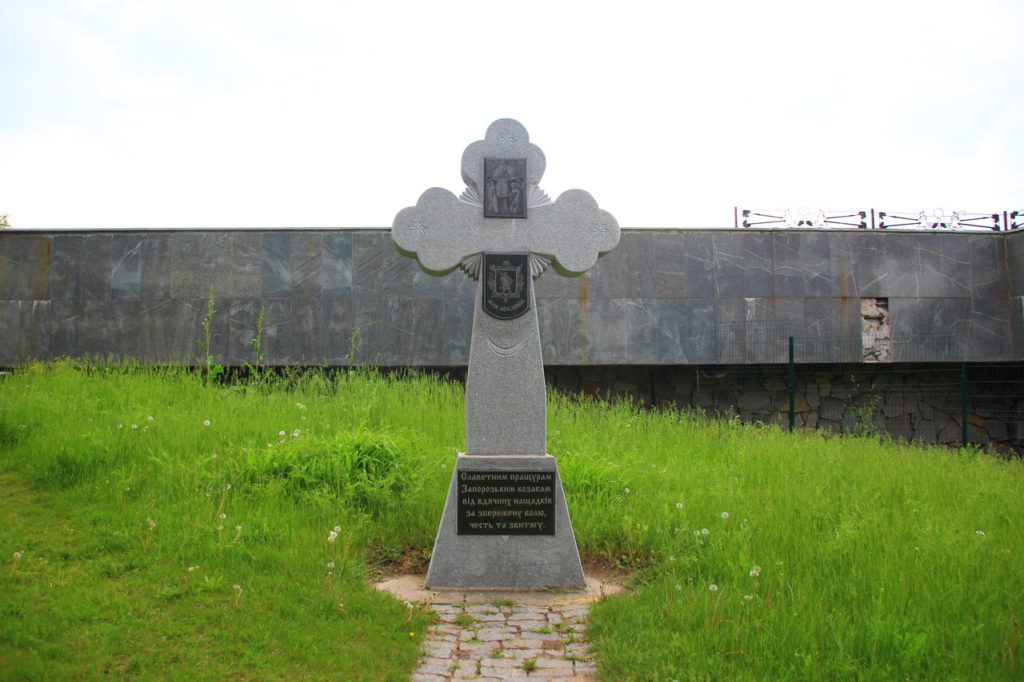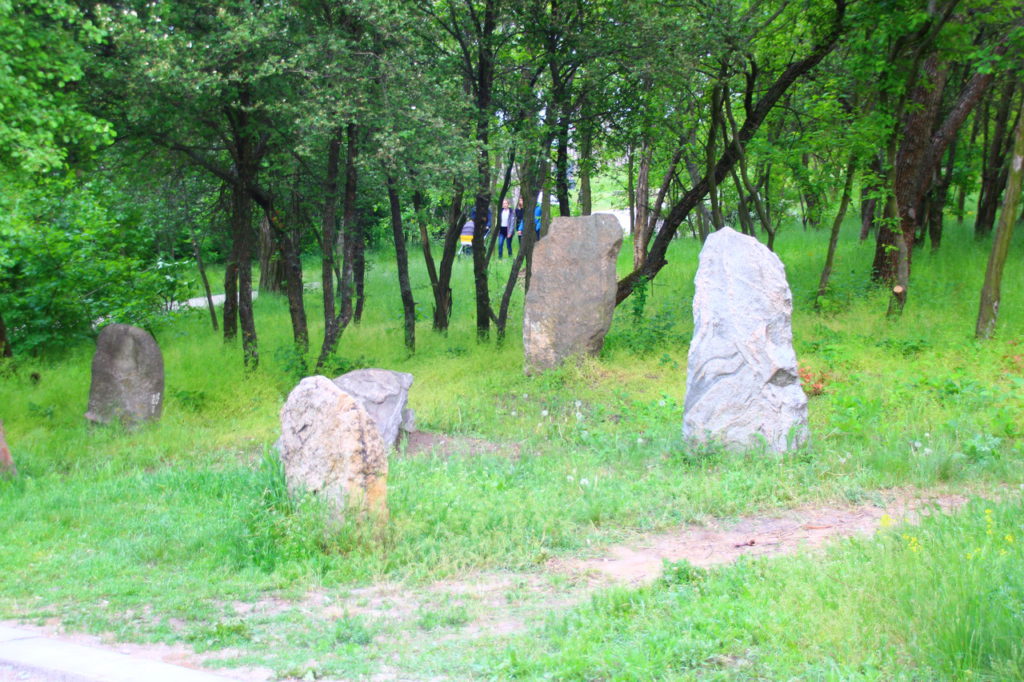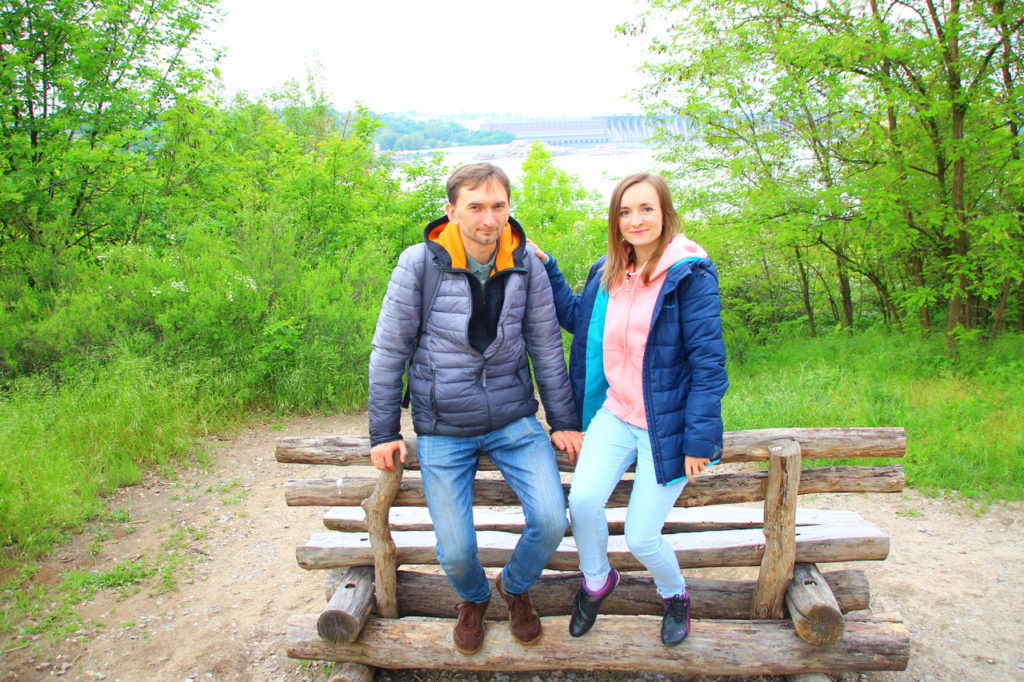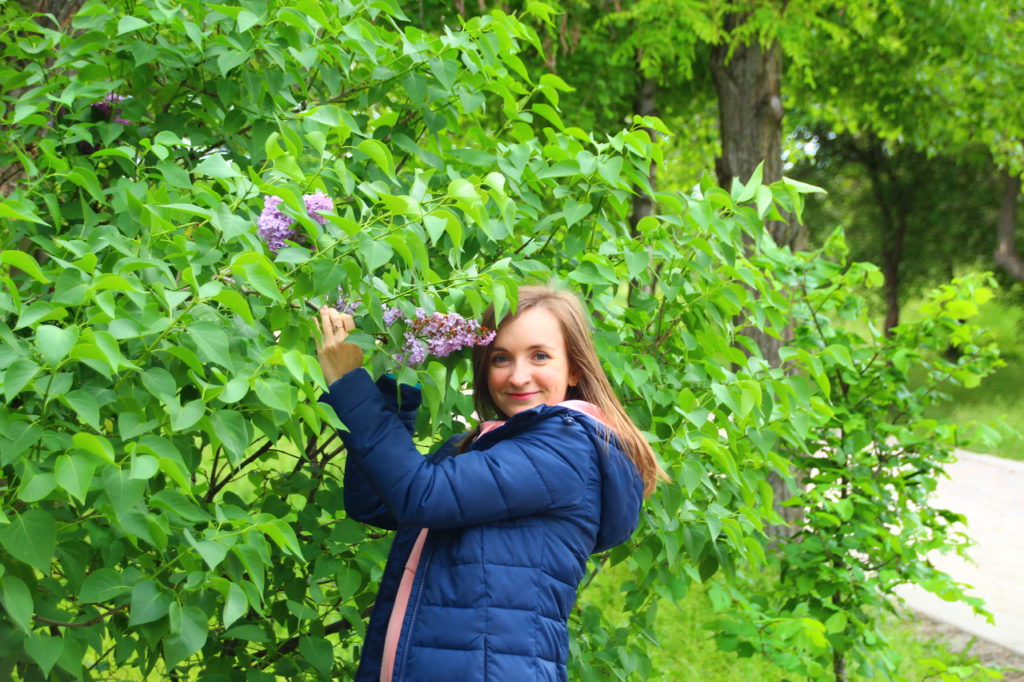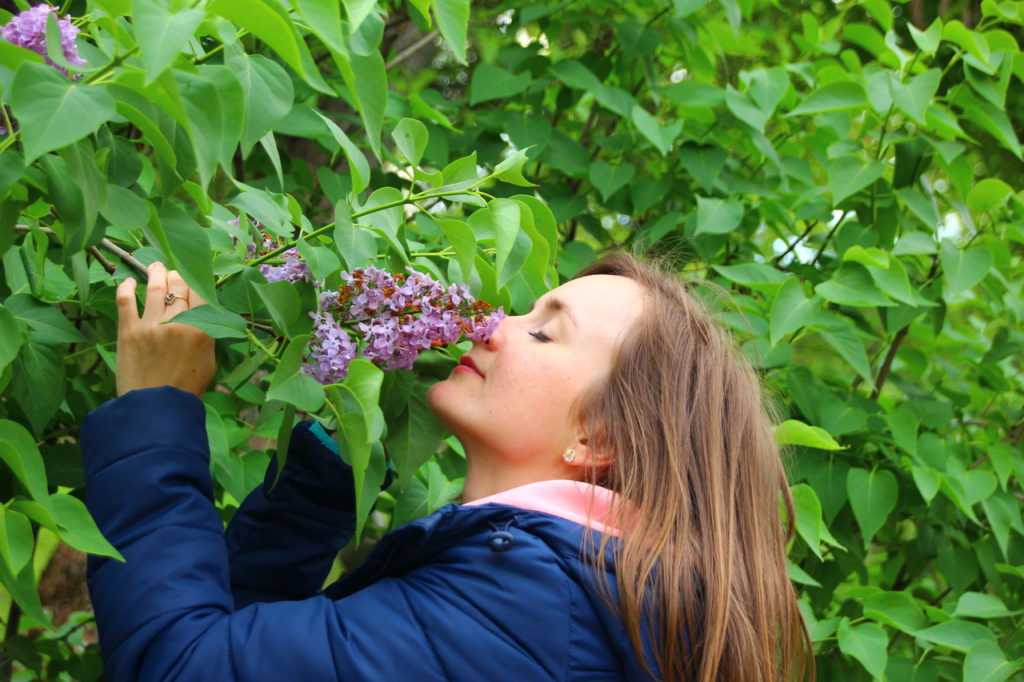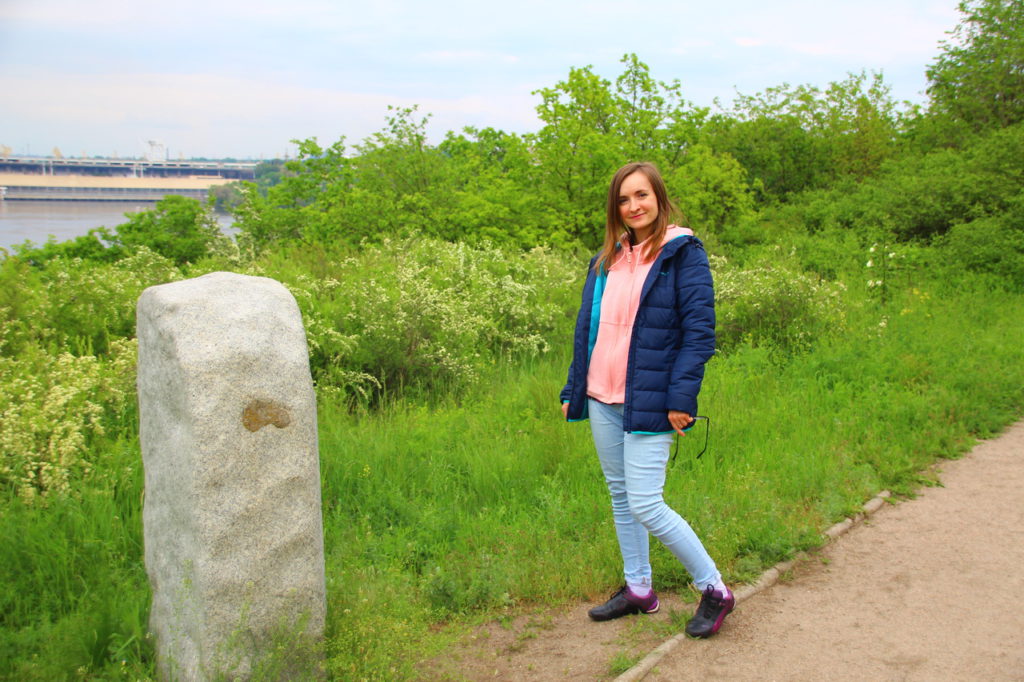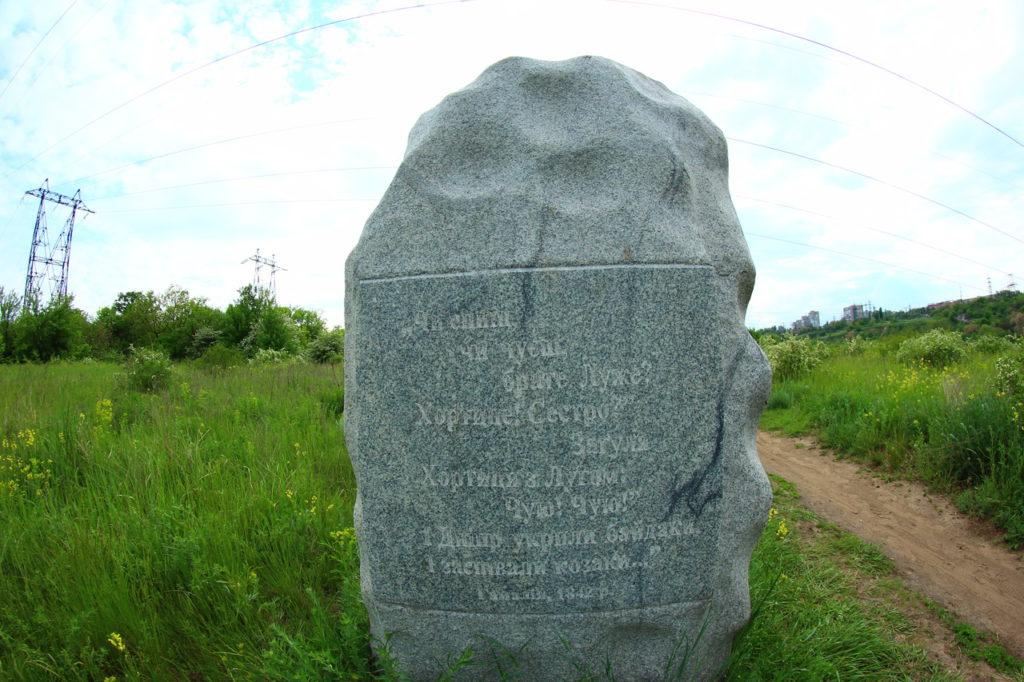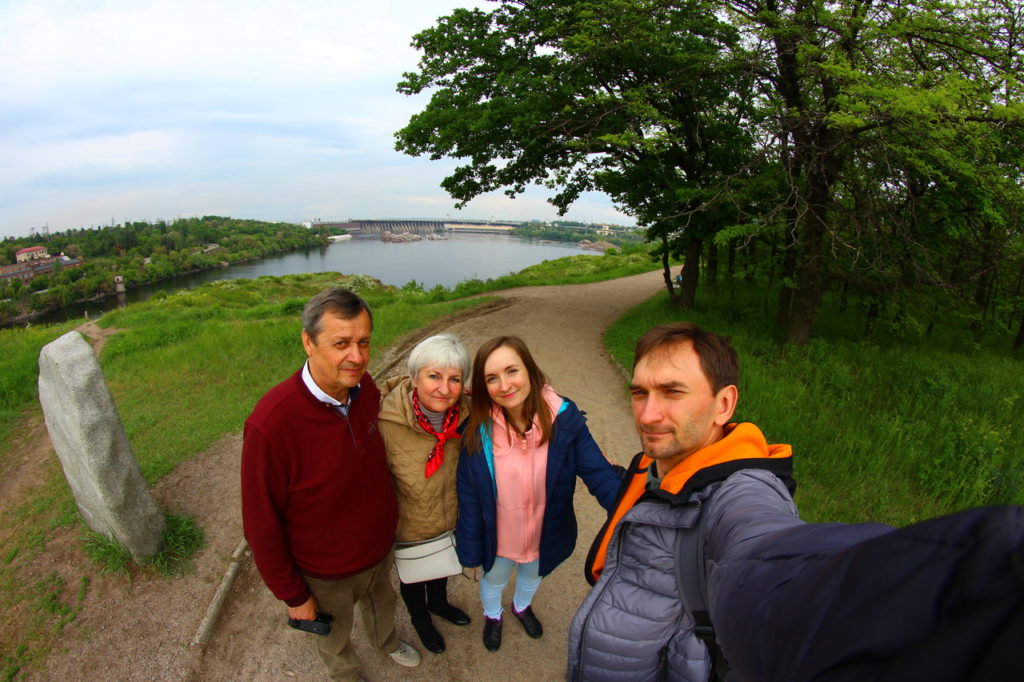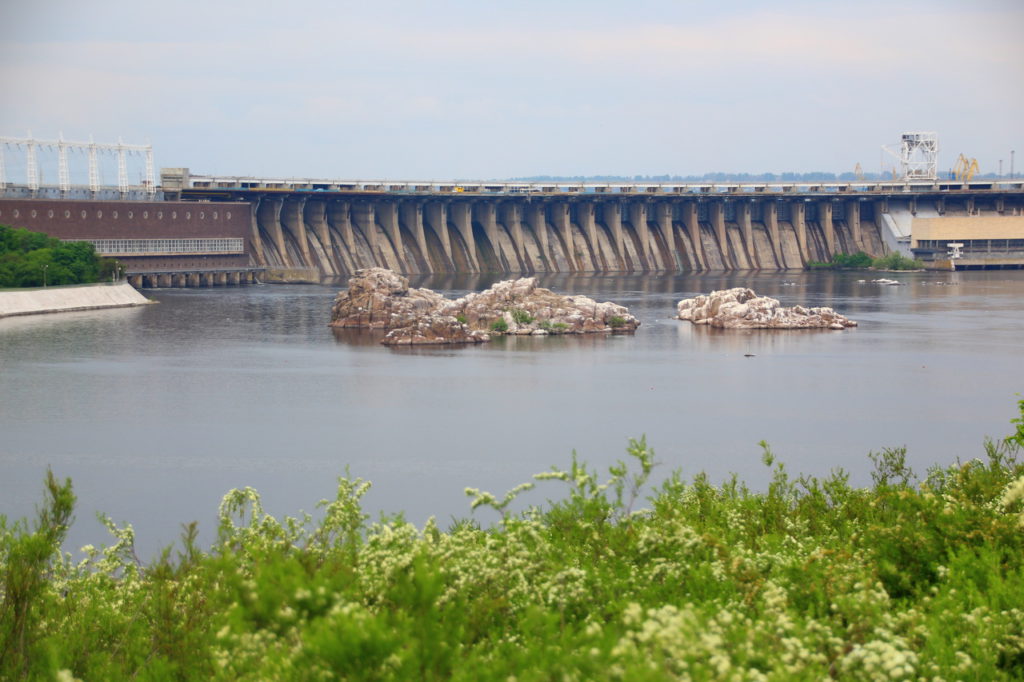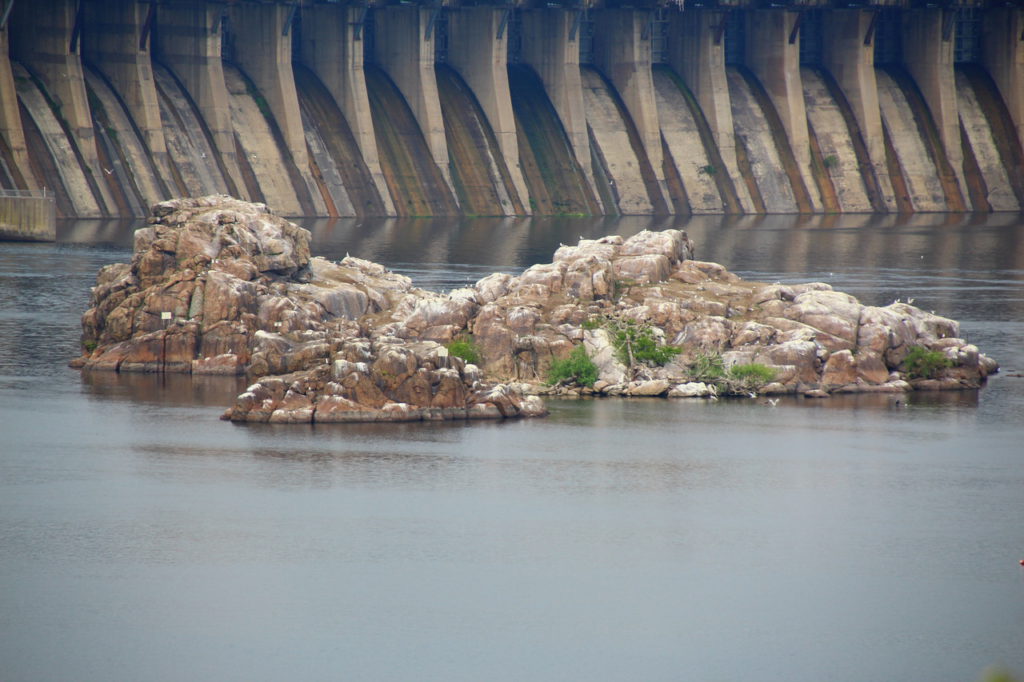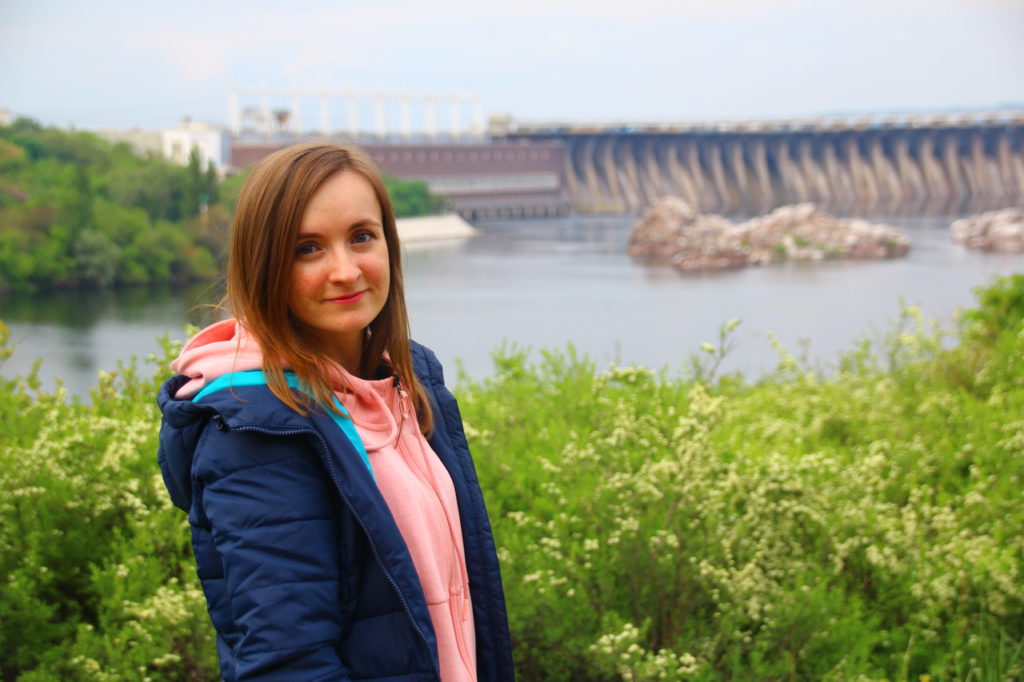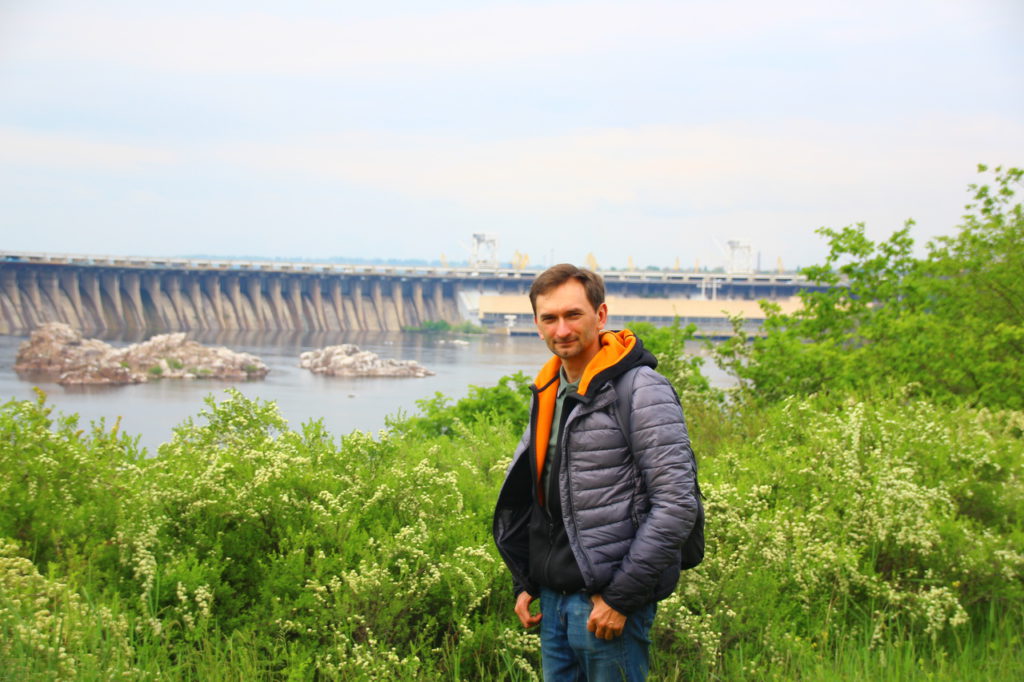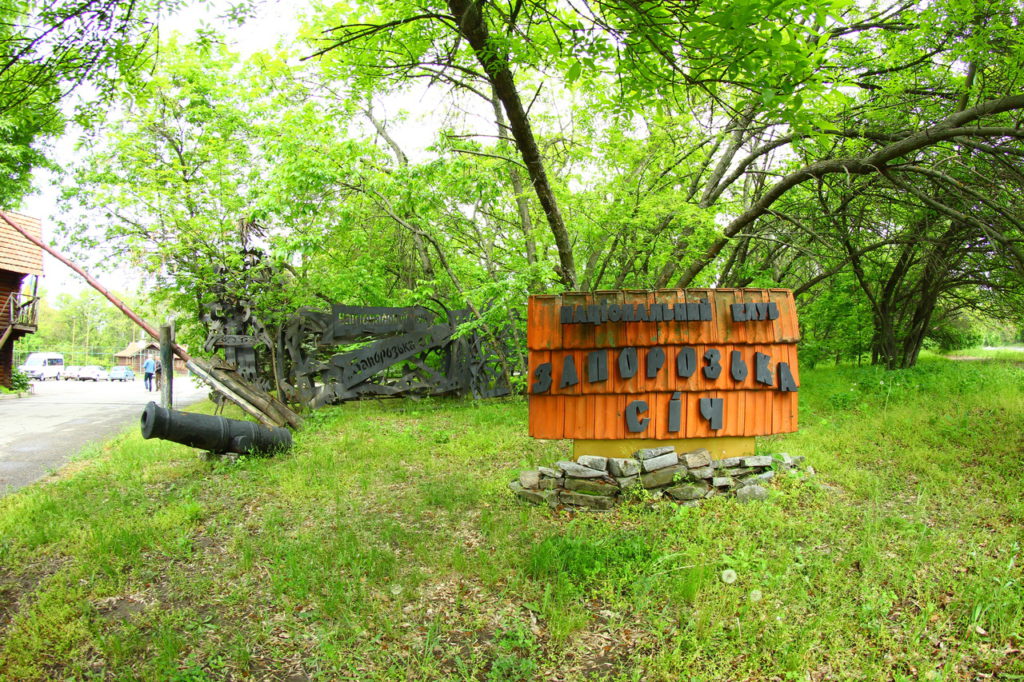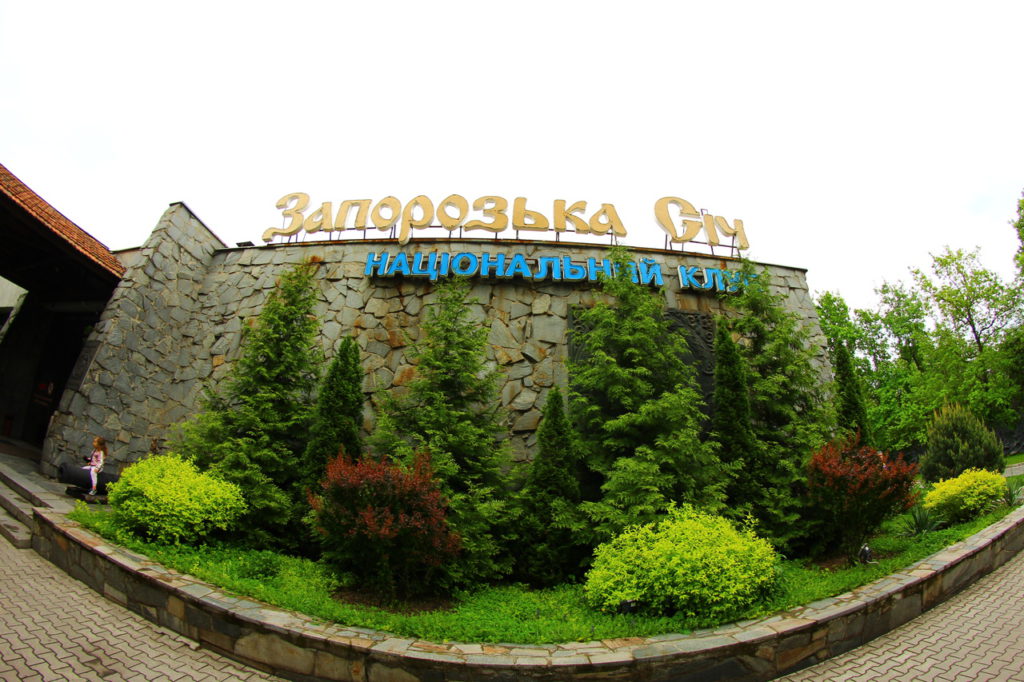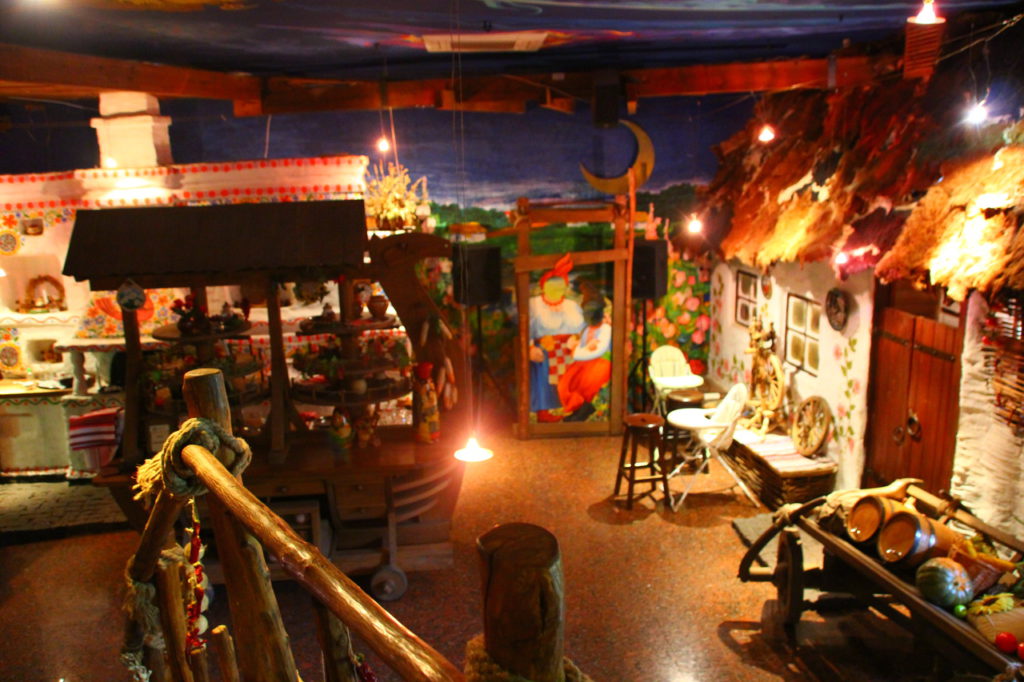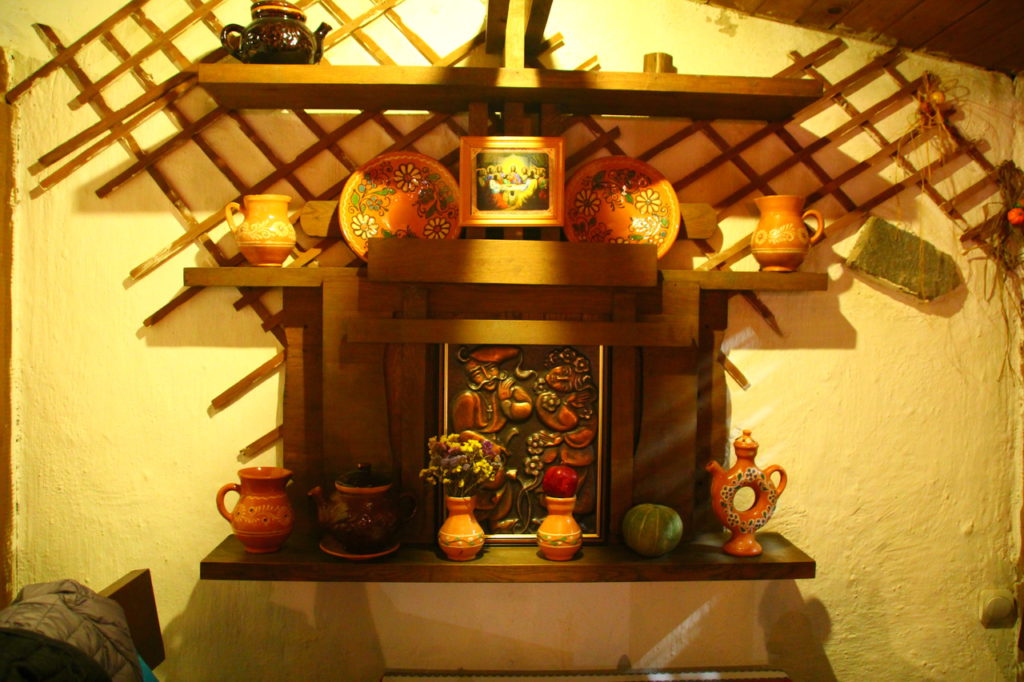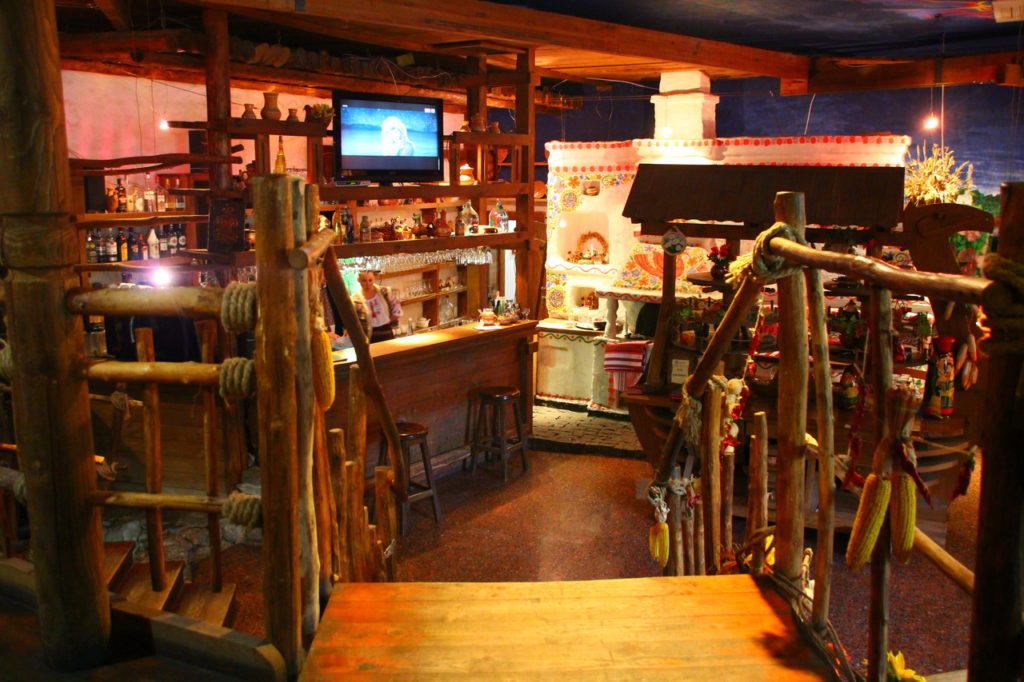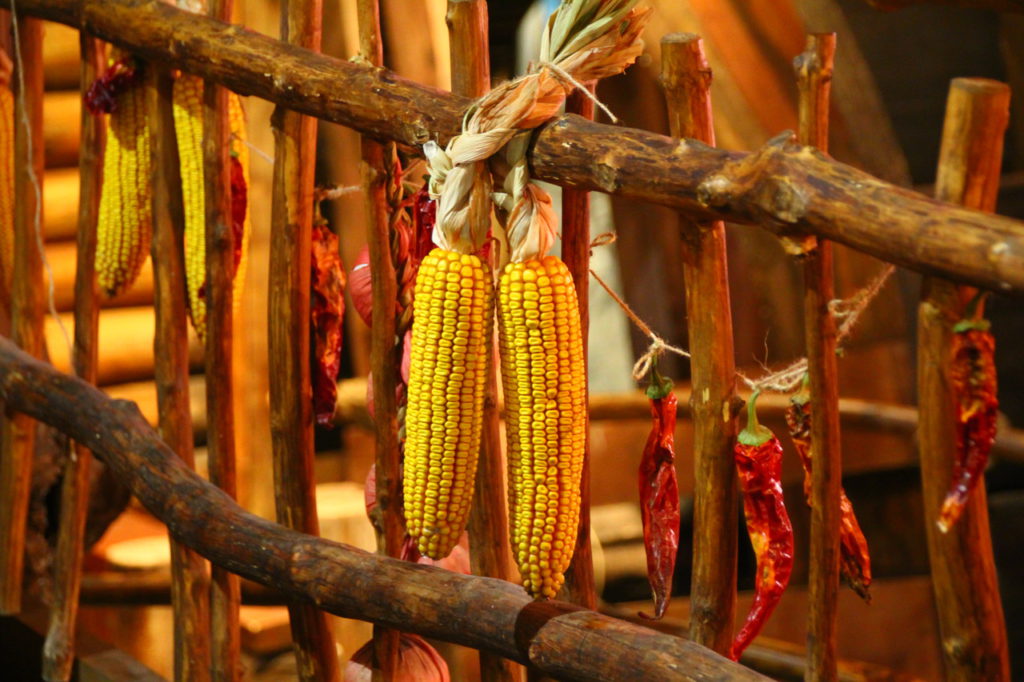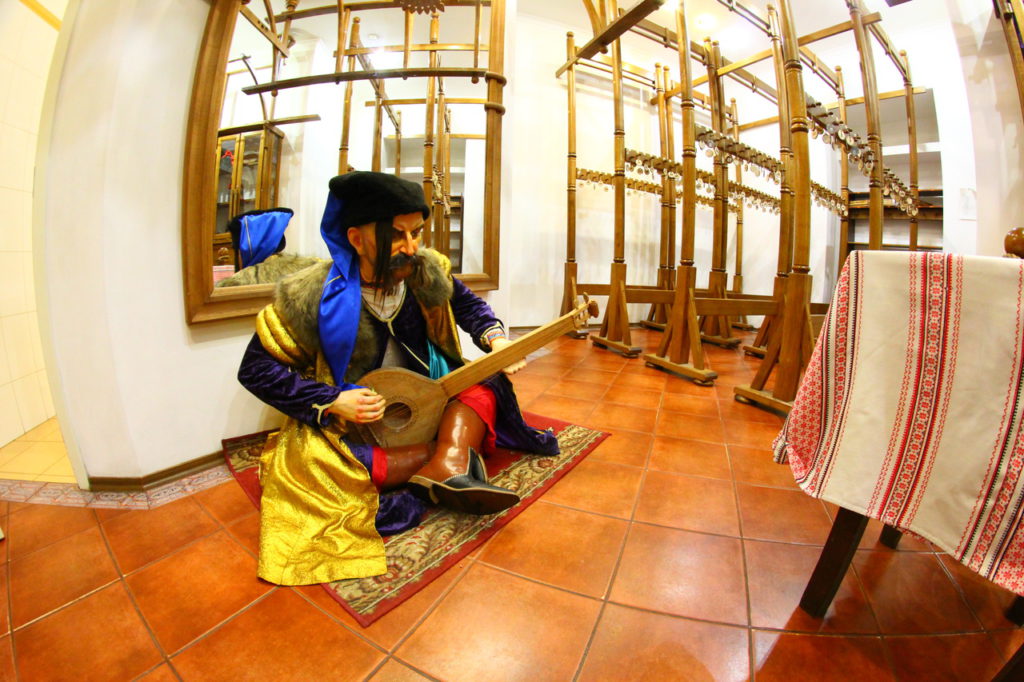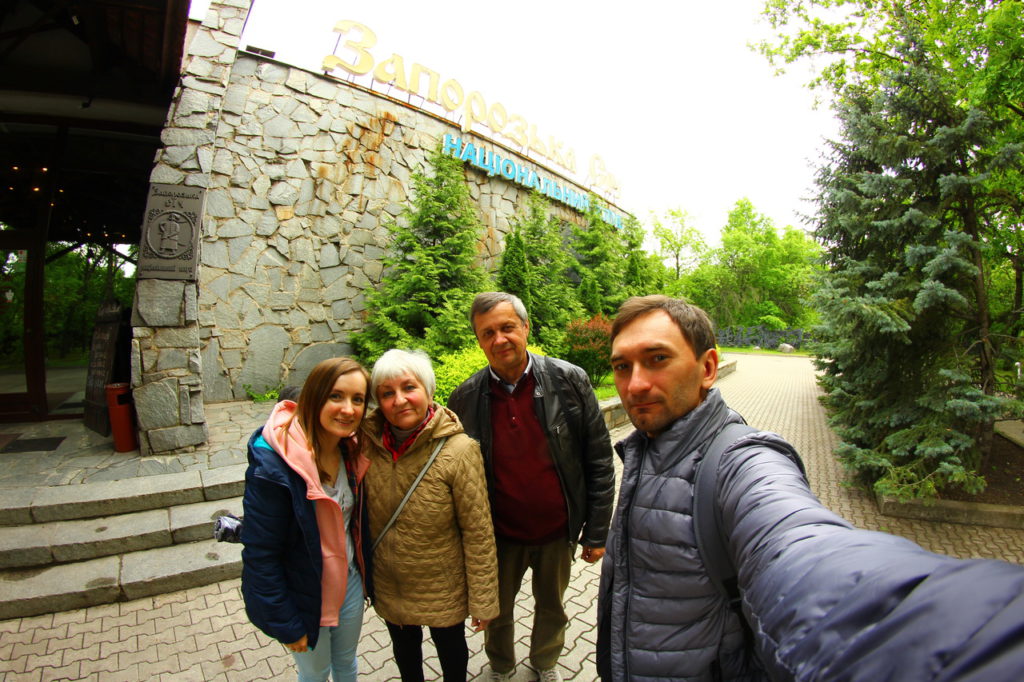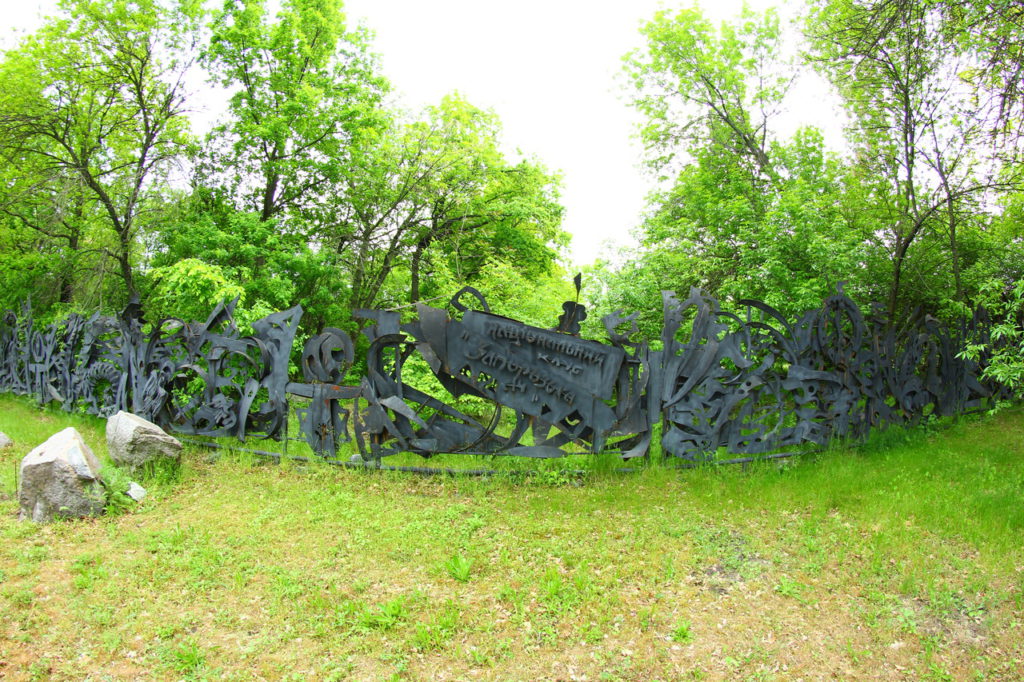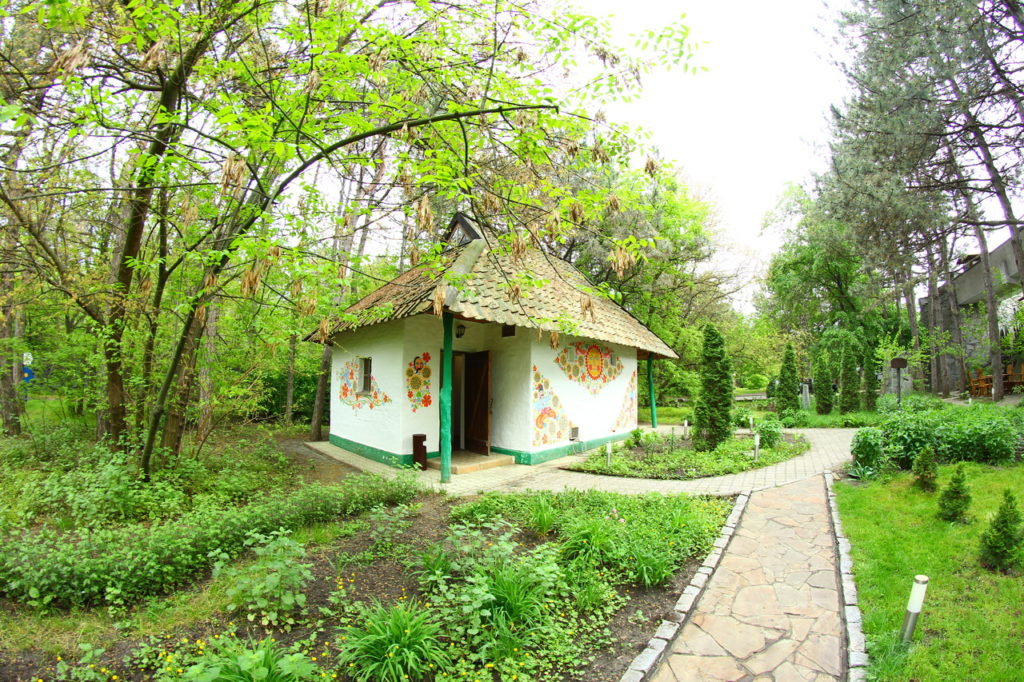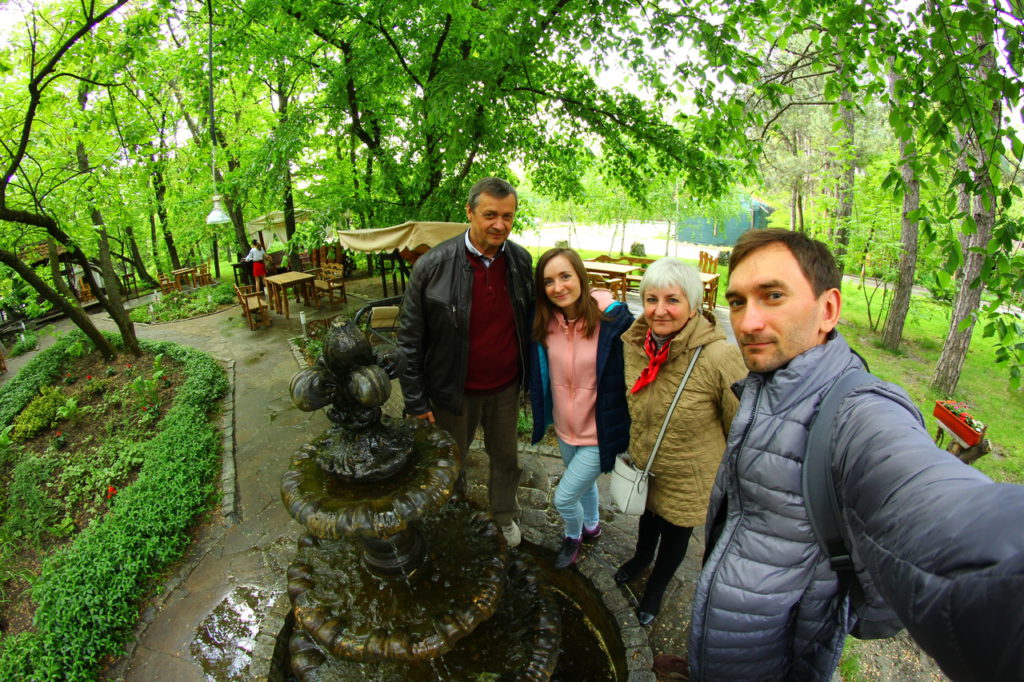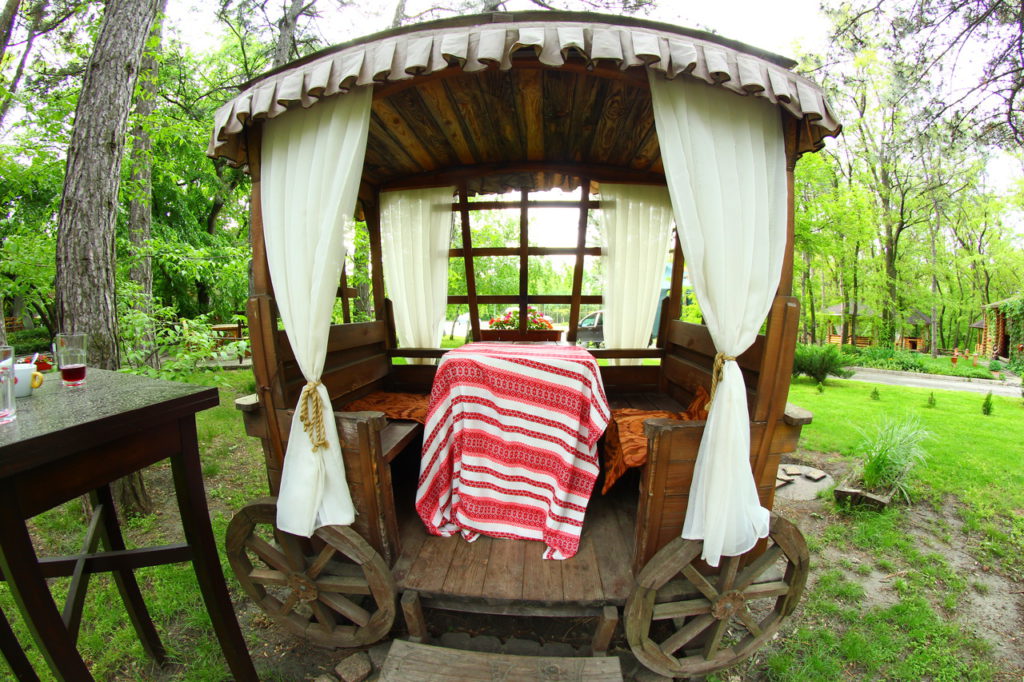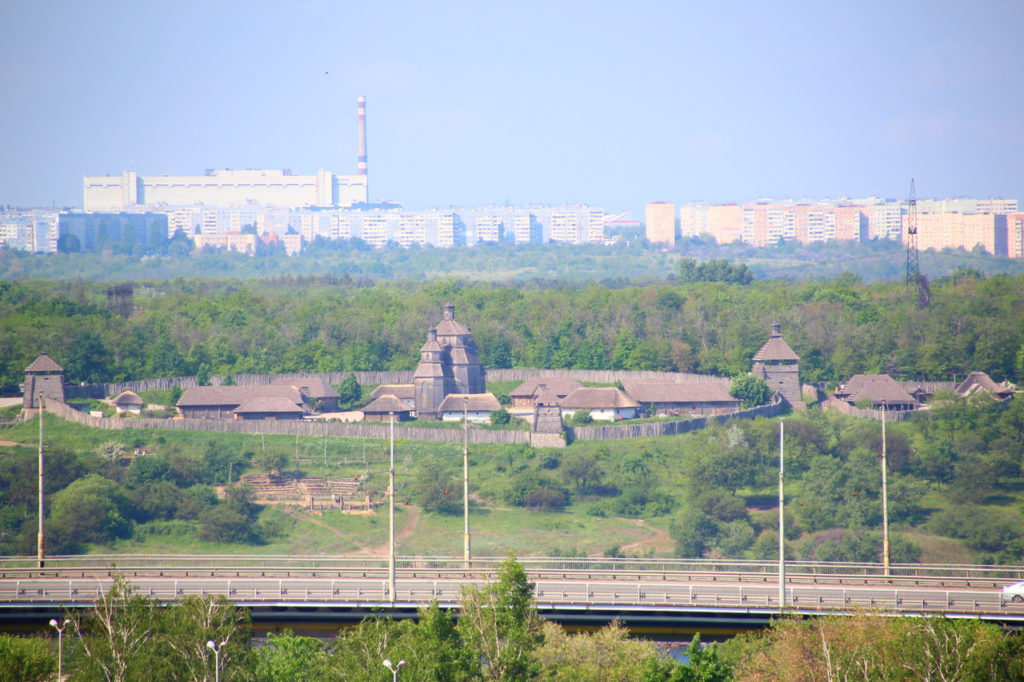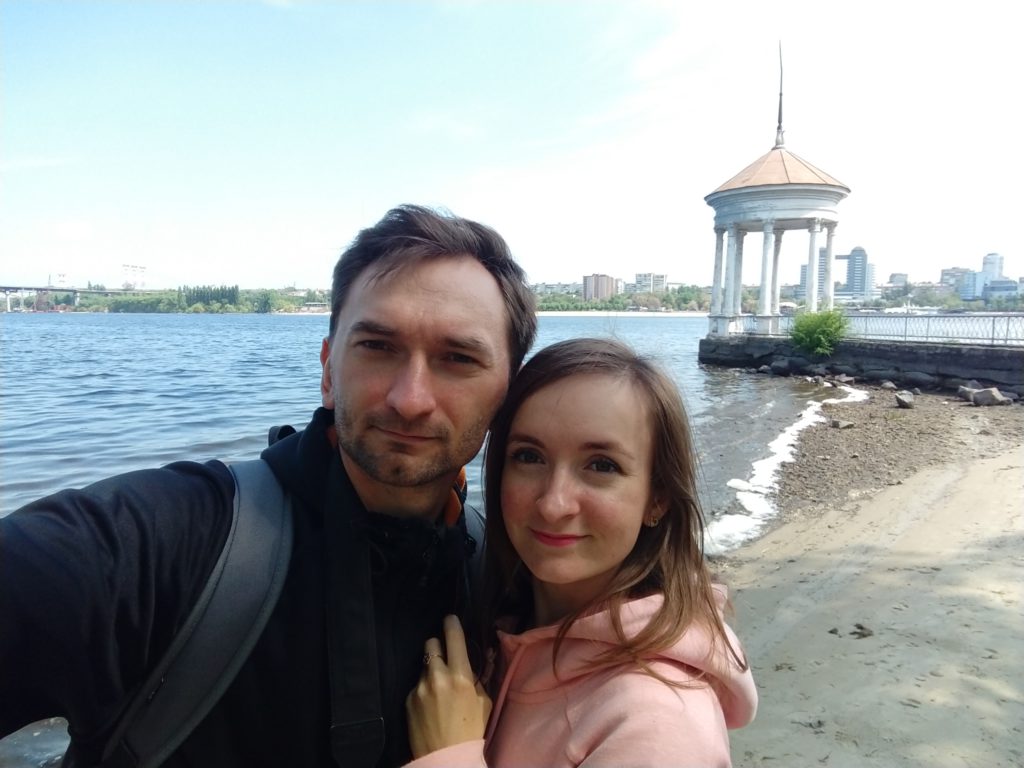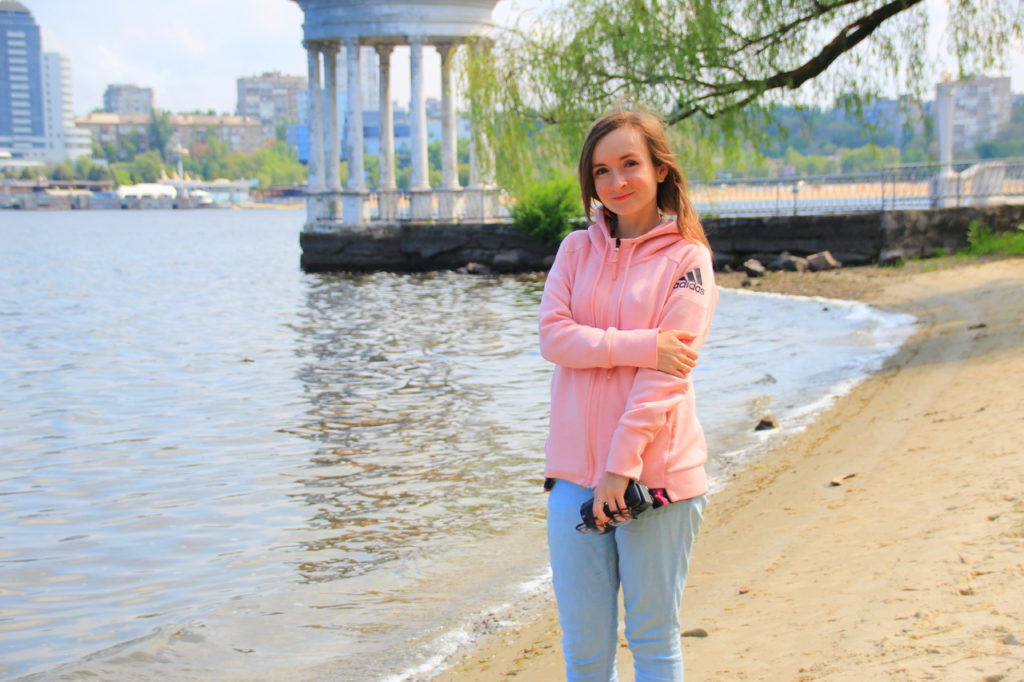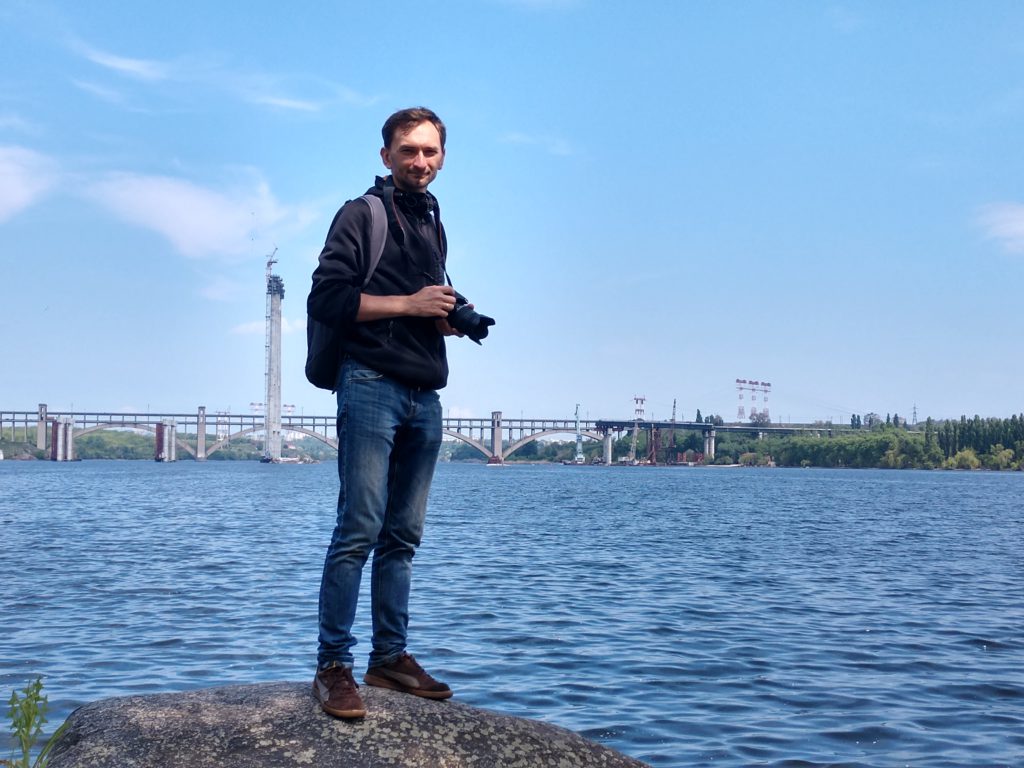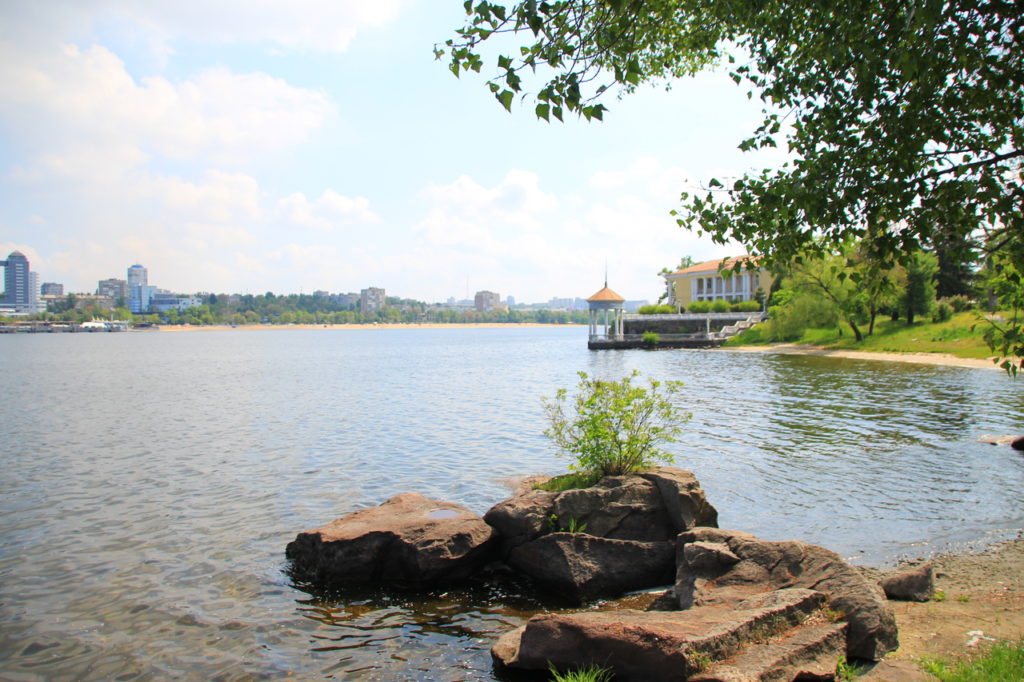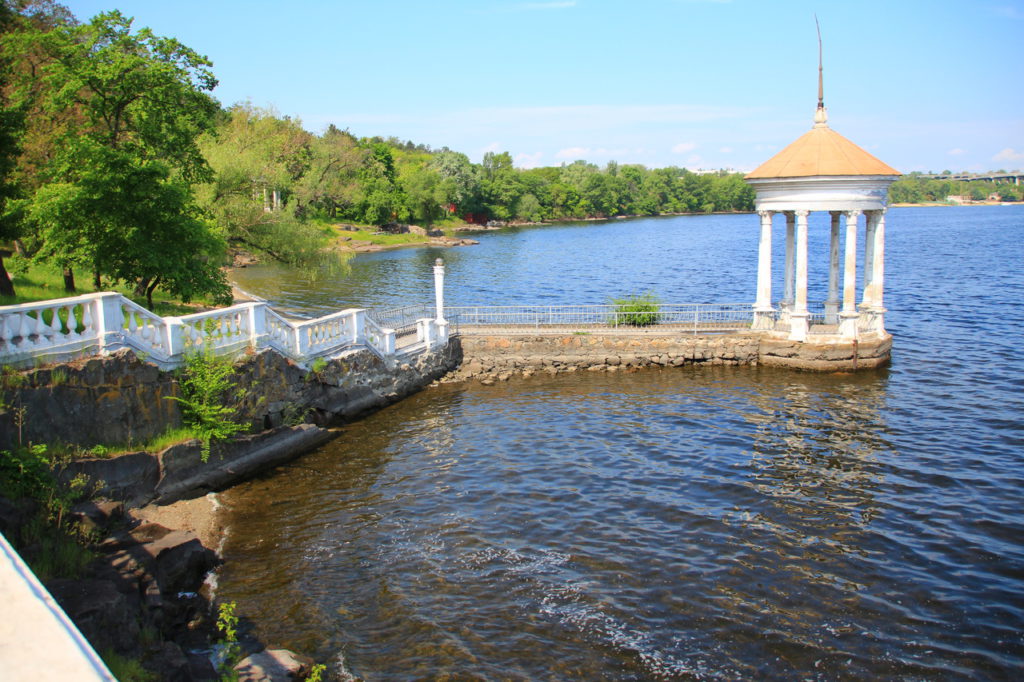The Zaporozhian Sich is a place, which every Ukrainian should visit, as well as everyone who is interested in Ukrainian history and who wants to see where the courage of the Ukrainian nation was originated. In this publication we will tell you the most interesting things about the origin of the Zaporozhian Sich and show you how the the Cossacks’ life was organized. We will dive into exciting history. Stay tuned. It’s gonna be very interesting.
The Zaporozhian Sich was formed beyond the rapids (granite ledges of rocks) of the Dnieper River. Beyond the rapids called in Ukrainian “za porogamy”, which was transformed into “Zaporizhzhia”. And Sich comes from the Ukrainian verb “sikty” (in English called “to cut”). But to cut not the heads of enemies, but in the meaning of “to cut the wood.” The first settlers chose for the living inaccessible to enemies thickets, where they made “cuts” – passages freed from trees (in Ukrainian called “sechi”).
The historians consider Dmytro Baida Vyshnevetsky to be the founder of the “first Zaporozhian Sich”.
Zaporozhian Sich was founded in the 16-17 centuries. And today’s recreated historical complex “Zaporozhian Sich” is a reduced prototype of the Sich, reproduced by the scientists by the found remains, flooded by the waters of the Kakhovka Reservoir on the Dnieper River. The original Sich was about 10 times larger.
There were 8 Sichs on the territory of Ukraine at different times. 5 – on the territory of the Dnipropetrovsk region, 2 – on the territory of Kherson region, but one and the very first Zaporozhian Sich was located right here on the Khortytsya island. And the Zaporozhian Sich became the most famous.
Zaporozhian Sich is a unique historical and cultural complex that reproduces the image of the Cossack capital and the atmosphere of the Cossacks’ times. The construction of the complex began in 2004, and in 2007, the Ukrainian historical movie “Taras Bulba” was filmed there.
This territory has created a unique image, a unique mentality of the Zaporozhian Cossack, a Cossack warrior, a defender of Western Christian values. This is a person who had a great willpower, an unbending fortitude, and was very respectable. Moreover, the Cossacks were literate (historians claim that some Cossacks of the Zaporozhian Sich knew up to 12 languages).
The Sich is the capital of the Cossack lands, but the Cossacks lived not only in the Sich. There was a garrison of 3-5 thousand persons in the Sich, and the rest lived outside the Sich, on the territory of “zymivnyky” (house for winter time) or farms. They were engaged in fishing, hunting, agriculture, lived with their wives and children, had a normal life there. There were also some Cossacks, who lived in the Sich and never married (they took a vow of celibacy), but these were a minority.
Zaporozhian Sich consists of two parts – the Small Kish (trade and craft suburb) and the Big Kish (Cossack garrison). The whole town is protected by fortifications – a moat, a shaft with a spike, defensive towers.
The interior space is also equipped by the Cossack traditions: Cossack kurins (houses, where they lived), a forge (where metal products were made), pottery (clay products), a tavern (a place where the Cossacks had their meals) and a Greek house (like a hotel) where the ambassadors stayed during their visit to Zaporozhian Sich.
Cossack kurin was the house where the Cossacks lived. It was 18 meters long. There were 38 of such kurins. There was always a smell of a smoke in the kurin which came from the smoking stove. This smoke was transfered into Ukrainian word “kurin”. A kurin is a military and a territorial unit, like a district. Cossacks from one locality tried to settle in one kurin on a territorial basis, so each kurin was called like Cherkasy, Chernihiv or Kaniv kurin.
“Pushkarnya” that is, the arsenal of the Sich, where cannons, weapons, cannonballs, gunpowder stocks were stored.
There is the Church of the Intercession of the Blessed Virgin in the centre of the Sich. Churches at every Sich at different times were called like that. This church is working, consecrated, divine services, weddings, christenings are performed here, and this is really the central place in the Sich. The main value of this church is the iconostasis, which is over 200 years old.
The Intercession was considered the patroness of the Cossacks and the Feast of the Intercession is celebrated today along with the Day of the Cossacks on October 14th. Now it is also the day of the Defender of Ukraine.
The Cossacks were Orthodox Christians. When the Cossacks retired from military affairs, they often lived in monasteries, donated a lot of money for the activities of churches and monasteries. And thanks to the Zaporozhian Cossacks the Orthodoxy was preserved in the Ukrainian lands.
This church has a prototype – the Trinity Church in the Sumy region, the village of Pustovoitivka, built at the expense of the last ataman Petro Kalnyshevsky.
There is a Maidan in front of the Church, where the Cossacks gathered, elected their chief ataman (throwing their hats) and resolved the most important affairs of war and peace.
The ataman was elected by a majority of votes and this Cossack had no right to refuse the offer to become the ataman: if you were elected, start to work.
The chosen ataman had to go to a special platform, where he was offered a mace (in Ukrainian “bulava” – a symbol of Cossack power). Cossacks offered him a mace three times. Twice he had to refuse, and only the third time he had the right to take the mace. Then his head was bowed and sprinkled with earth, ashes or even mud. This was done so that he wouldn’t be arrogant, remember where he came from, and not exceed his power. Such a protector of corruption, so that he remembered that the way he was elected, so the same way he can be removed.
The history, traditions and culture of this region are united in the historical complex Zaporozhian Sich. If you visit this place, you will feel the energy, traditions and culture of the Khortytsya island here.
Excursions are organized on the territory of the complex.
And we highly recommend taking such an excursion, so you could feel better this place and its historical significance.
There are performances of the dramatic theater of the Cossack battle named “Sich Cossacks” on the territory of the “Khortytsya” reserve. Here the theater actors, dressed as Cossacks, demonstrate the Cossack weapons and the martial art that the Cossacks mastered very skillfully. This exciting performance is really worth visiting.
There is a museum of the Zaporozhian Cossacks history near the historical complex Zaporozhian Sich. This museum was under reconstruction at the time of our visit. But even the visit of only historical complex will definitely impress you, like did us.
Next to the museum is a high hill with a Ukrainian flag and a cross. There is a very beautiful view of the Dnieper, the dam and the Zaporozhian Sich from this hill.
Kayaking enthusiasts raft along the picturesque rapids.
There is a walking “Taras trail” with beautiful viewpoints on the territory of the Khortytsya island reserve along the Dnieper River. Stone blocks with philosophy quotes of the most famous Ukrainian writer Taras Shevchenko are set along this trail. The territory of the Khortytsya island is very large and beautiful. Here you can just walk or ride a bike all day long.
There is a restaurant of Ukrainian cuisine “Zaporozhian Sich” not far from the museum of the Khortytsia island, 1 km away. The restaurant has a colorful interior of a traditional Ukrainian house and a beautiful green territory.
We saw also such a nice gazebo on the Khortytsya island with a beautiful view of the city and the beach opposite.
Author (c): Irene Melnyk
Photos (c): Nick Melnyk

